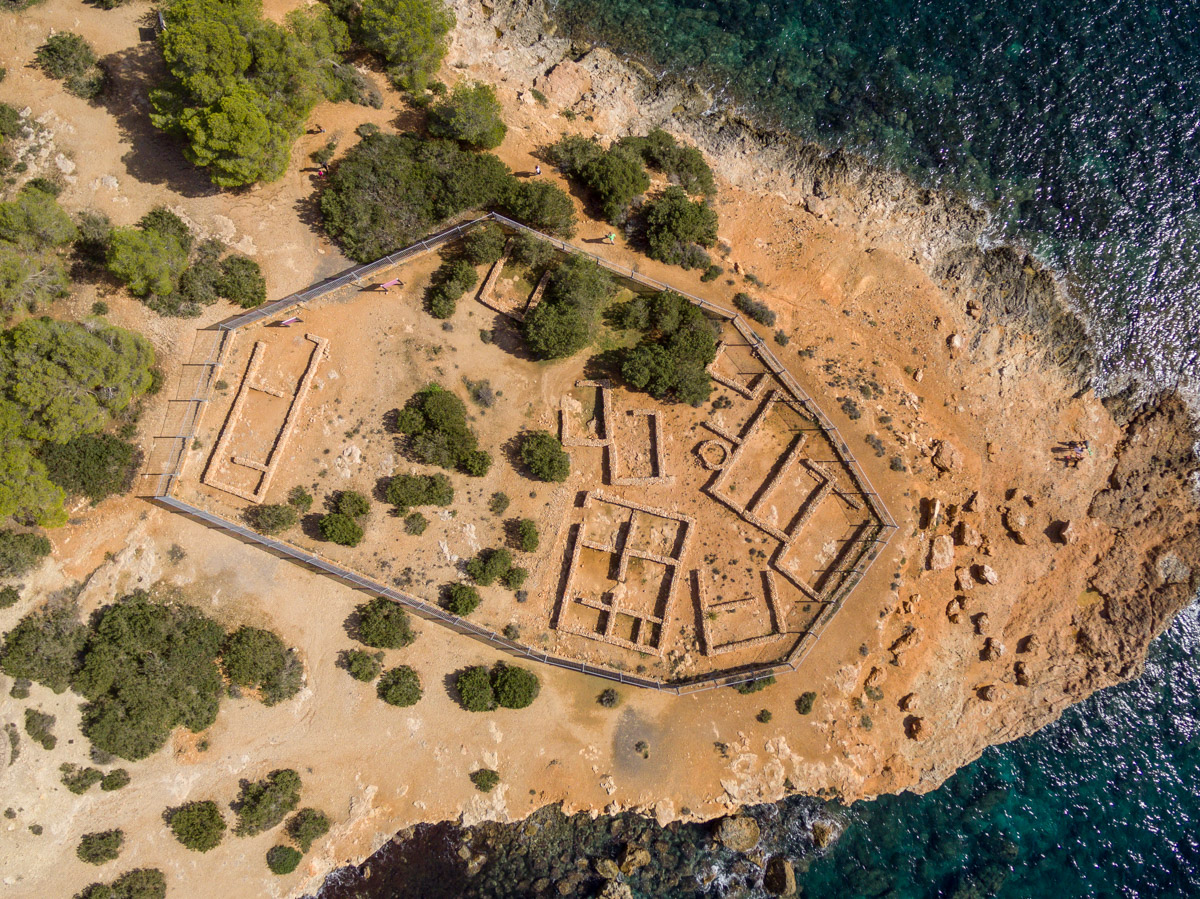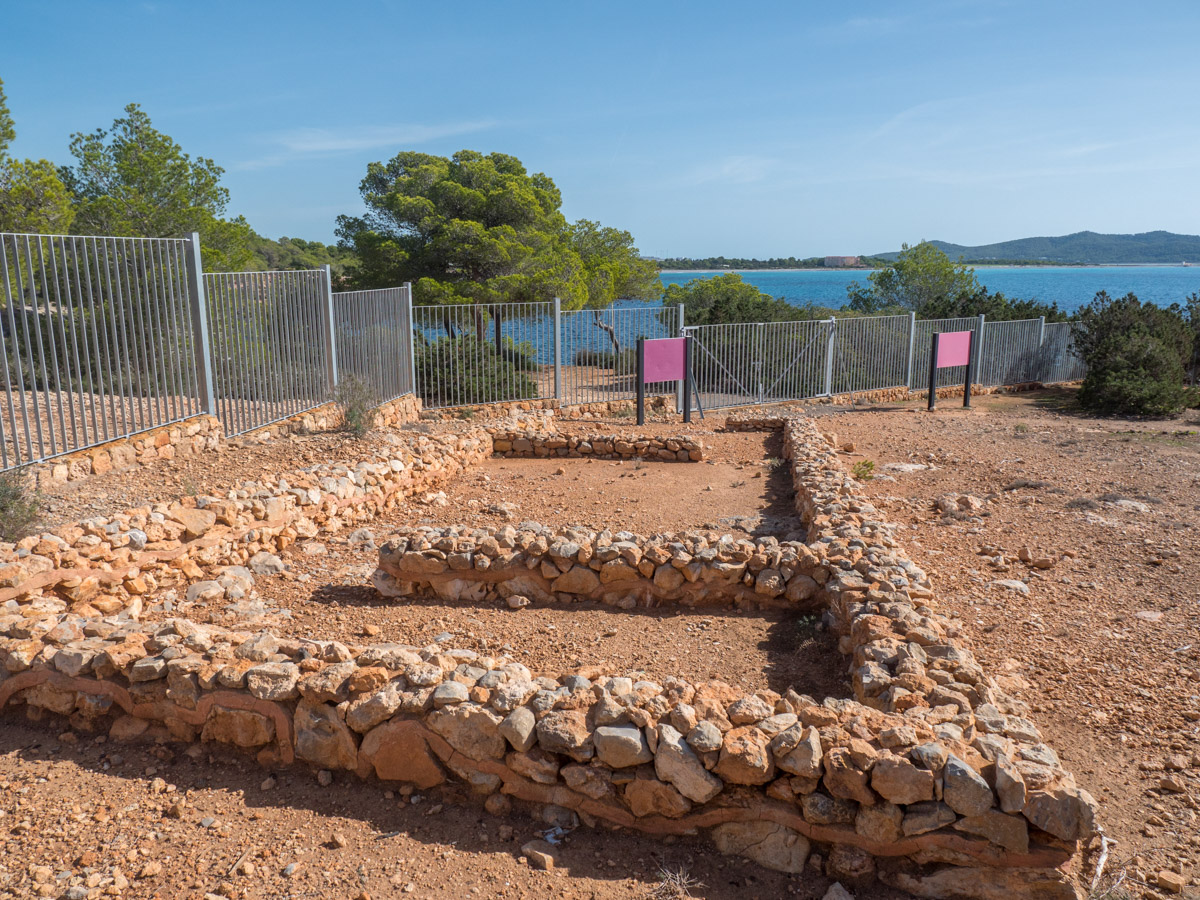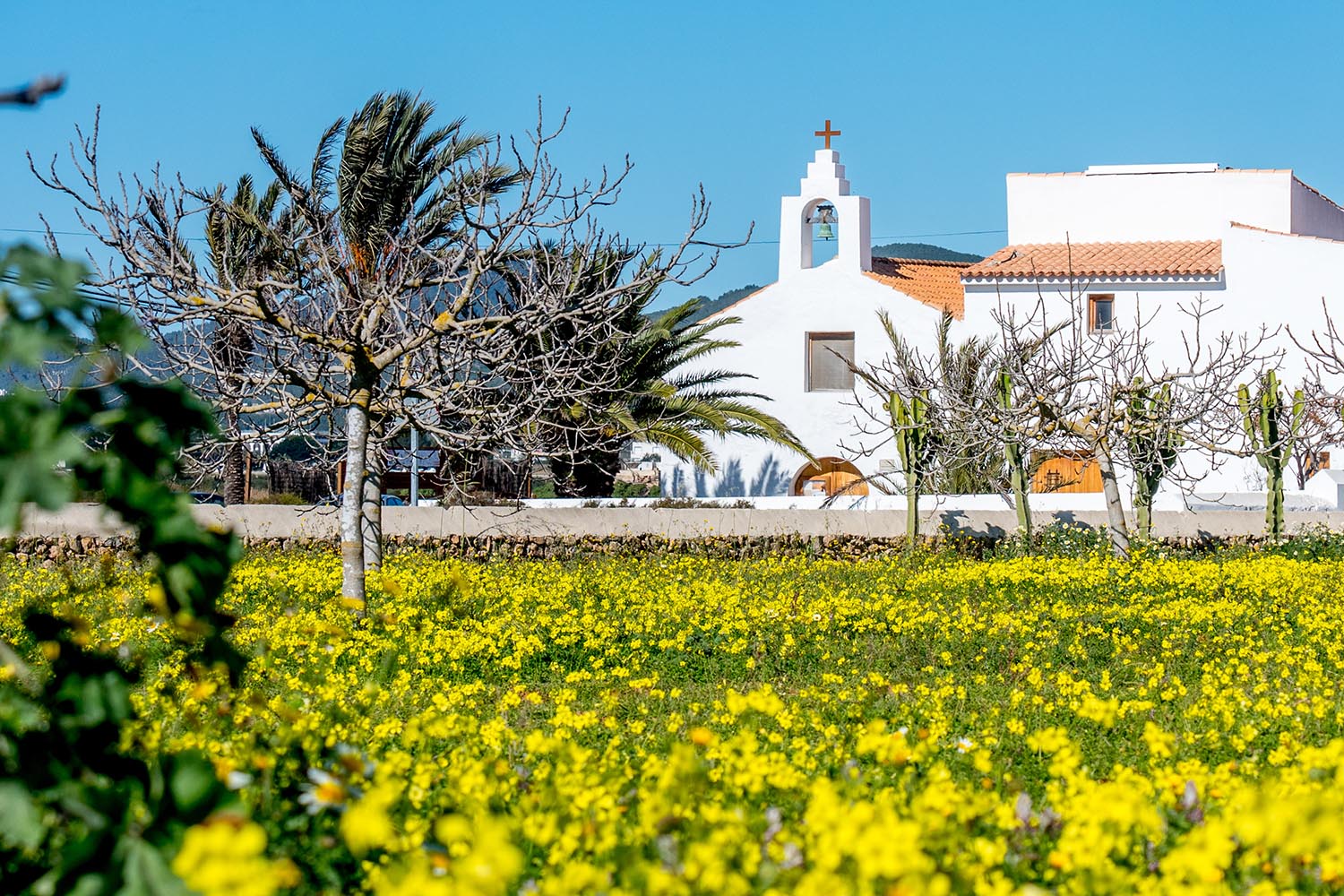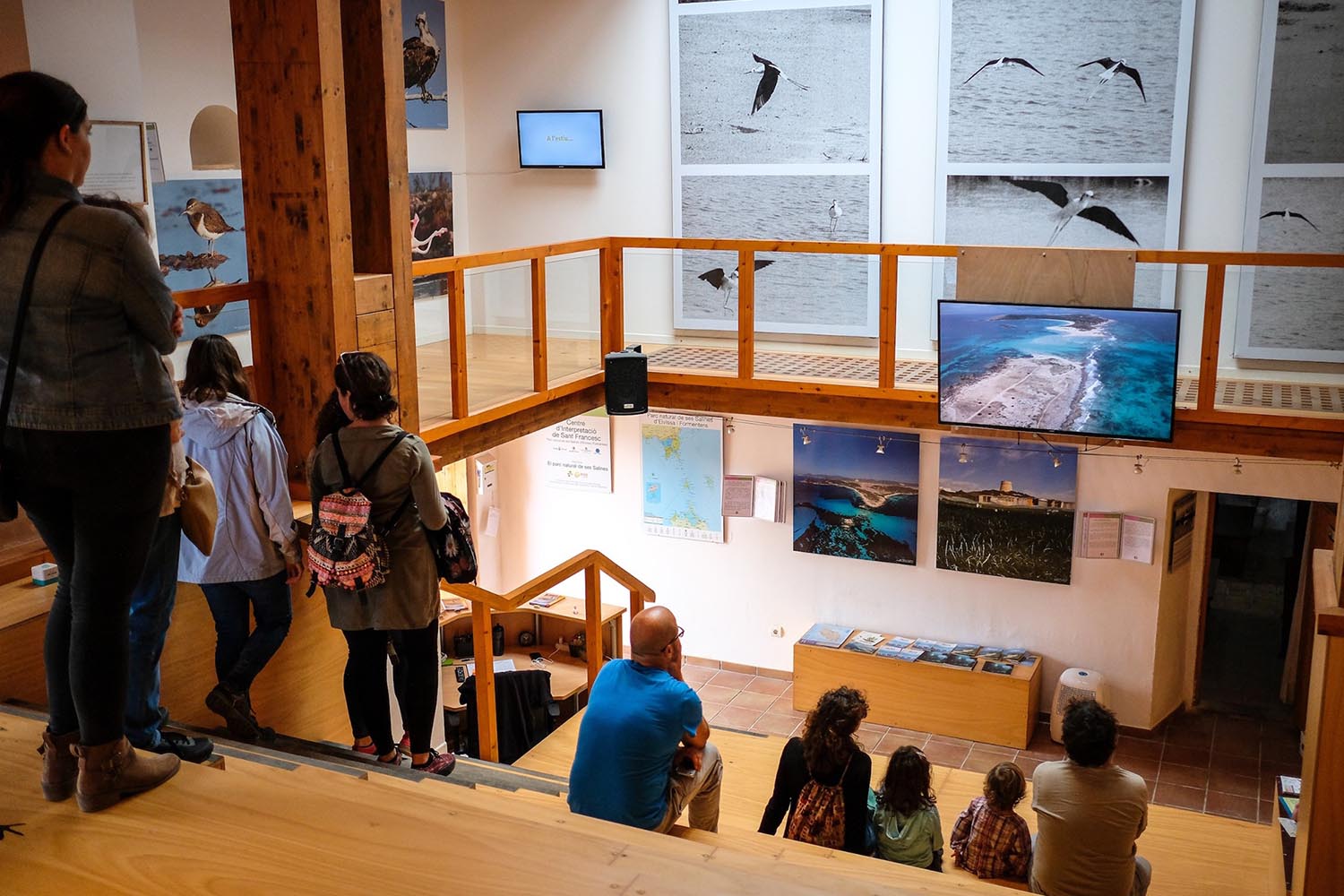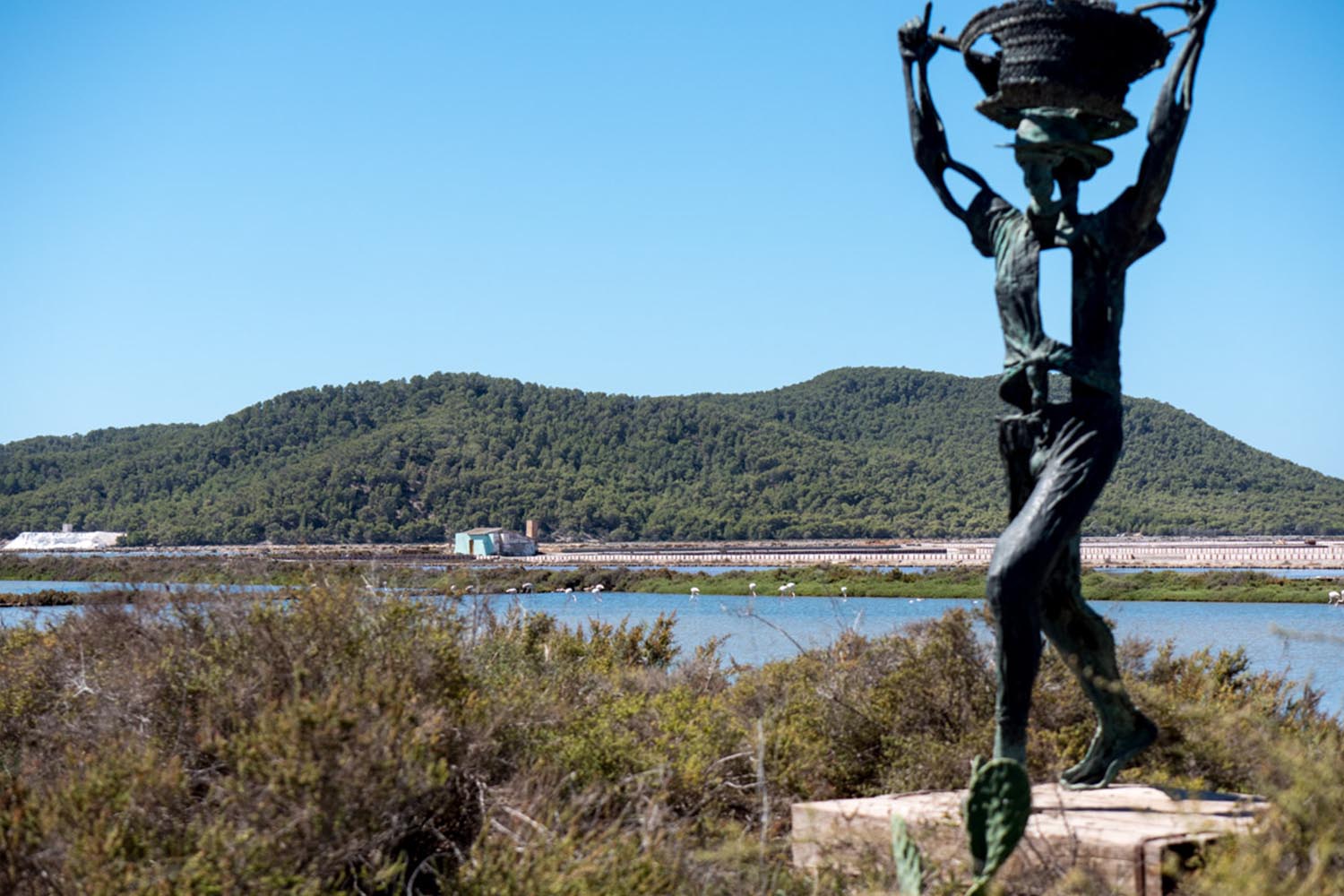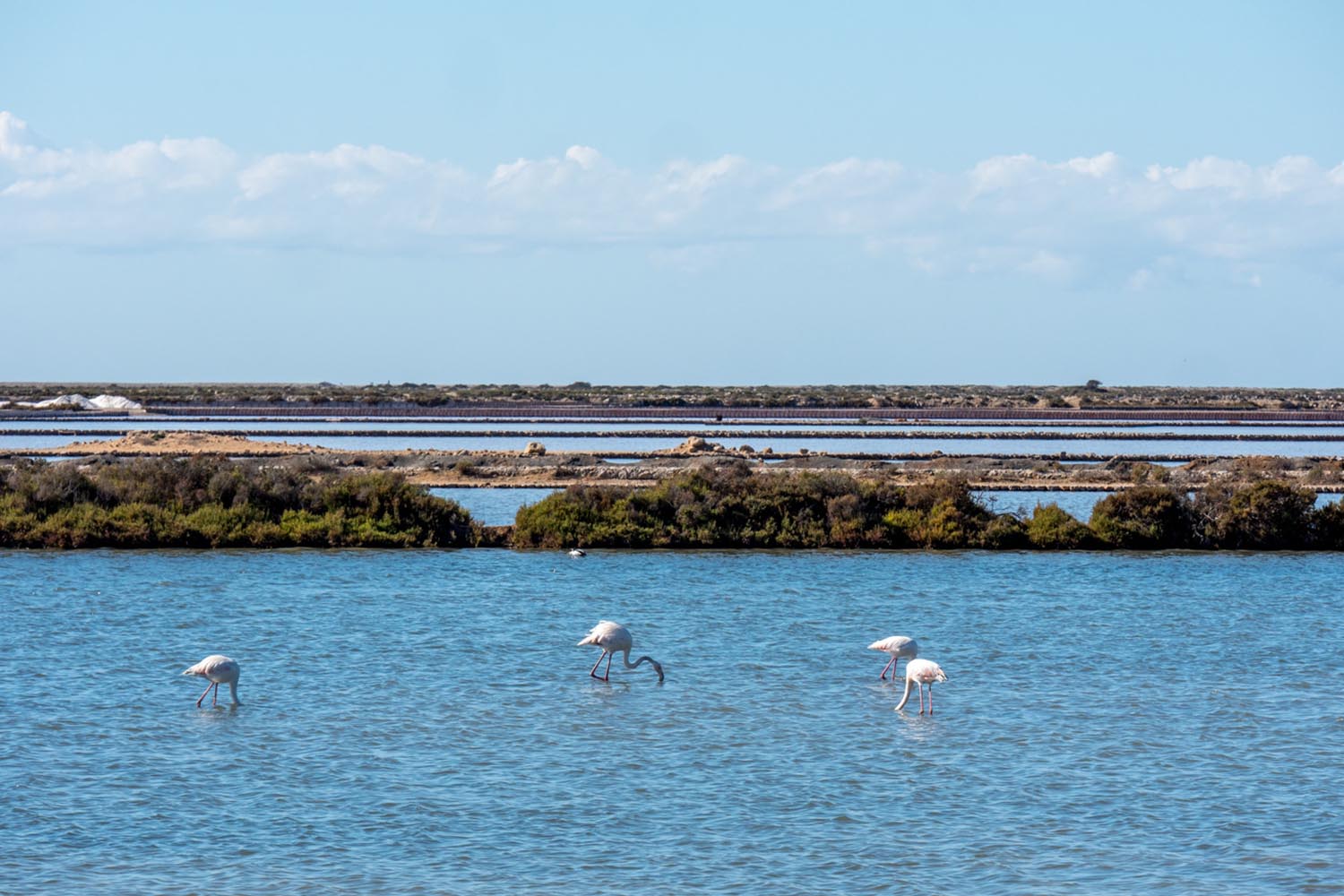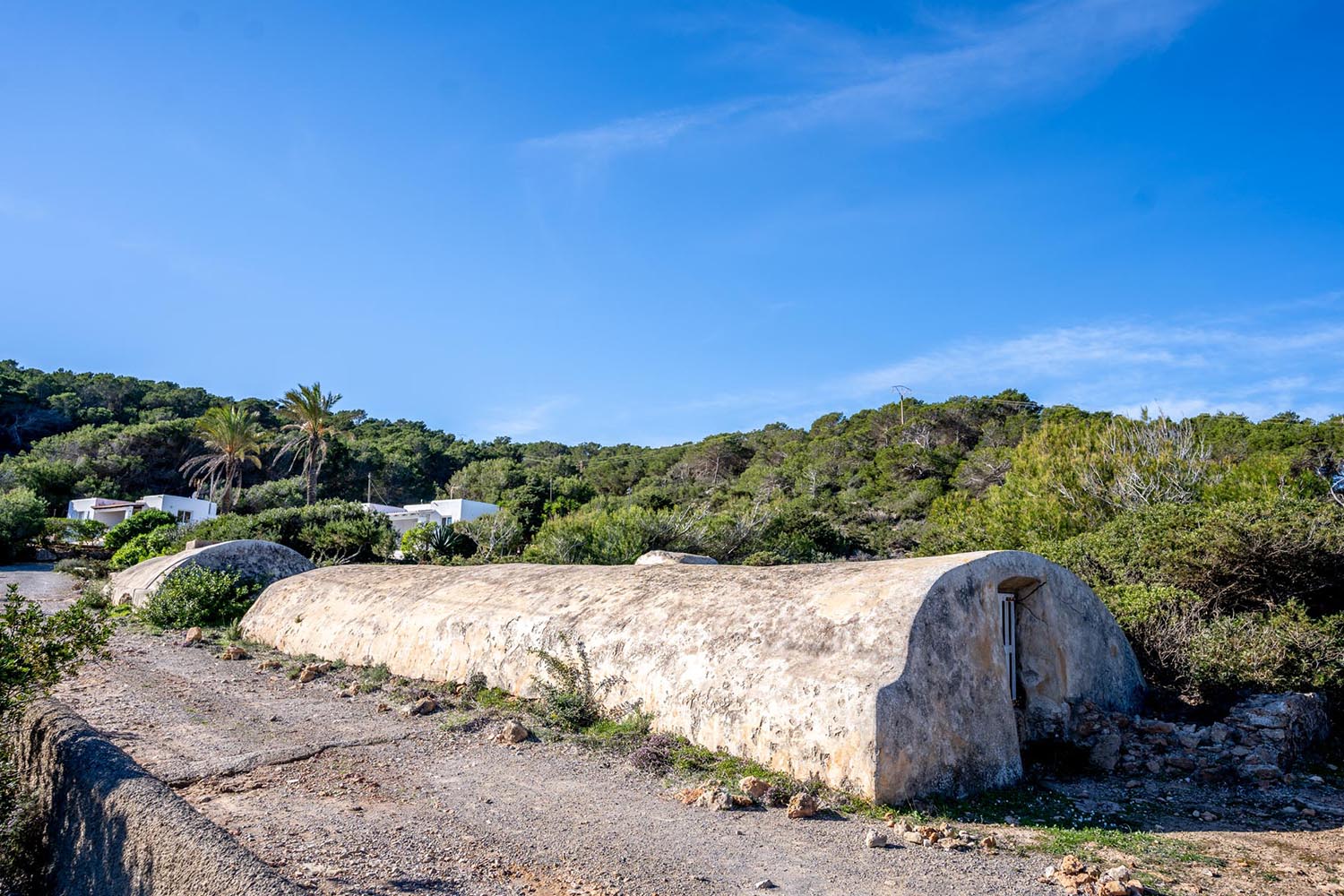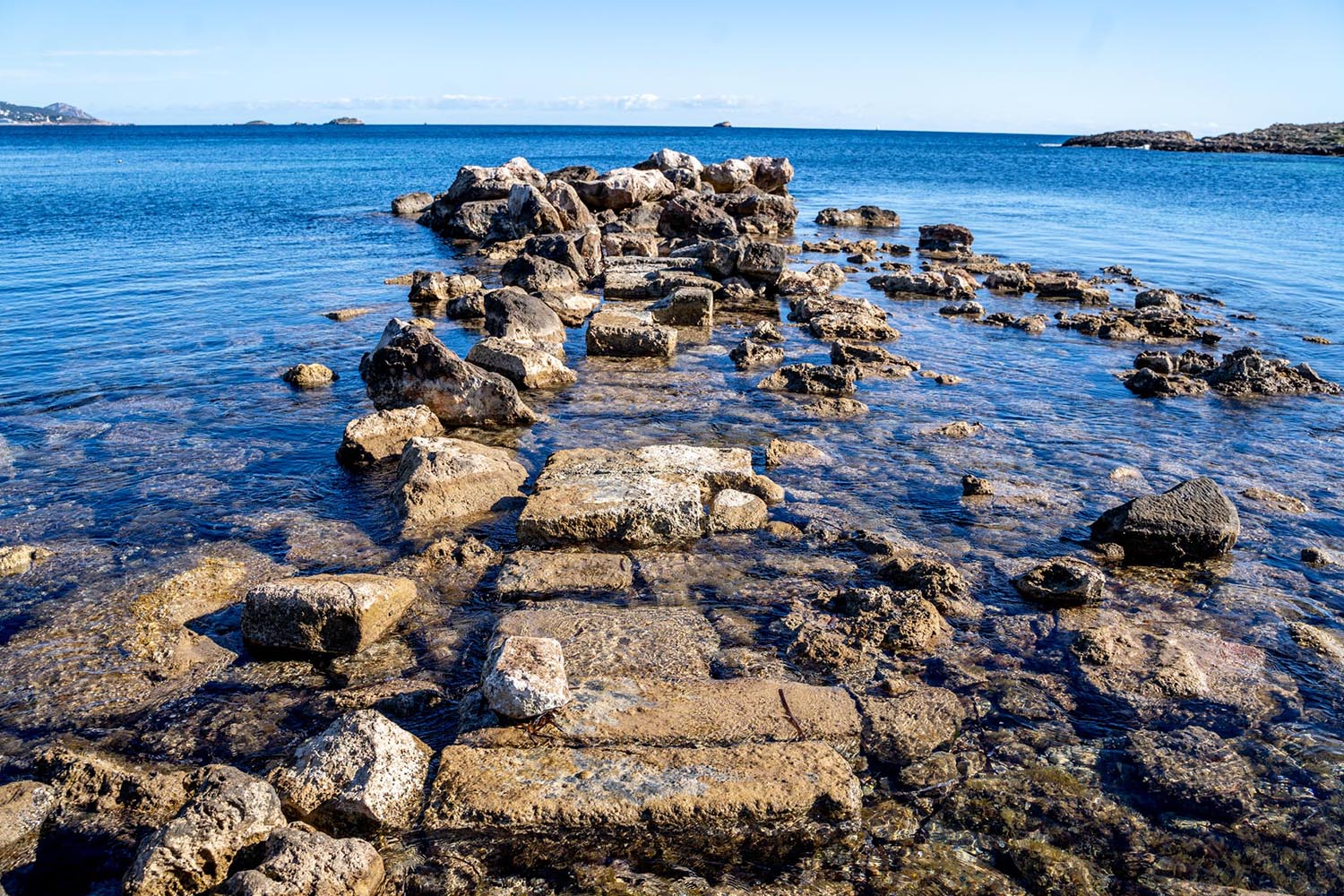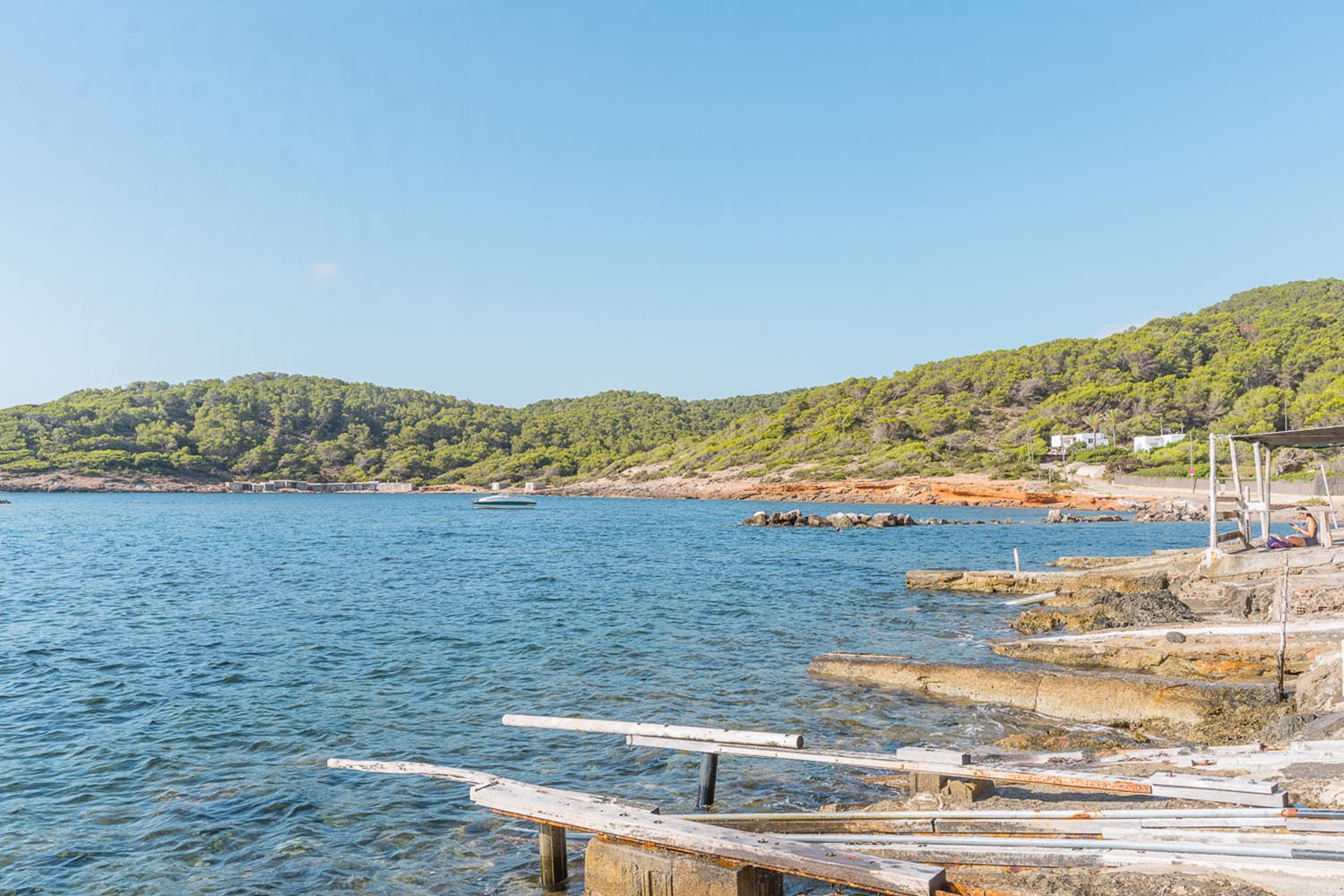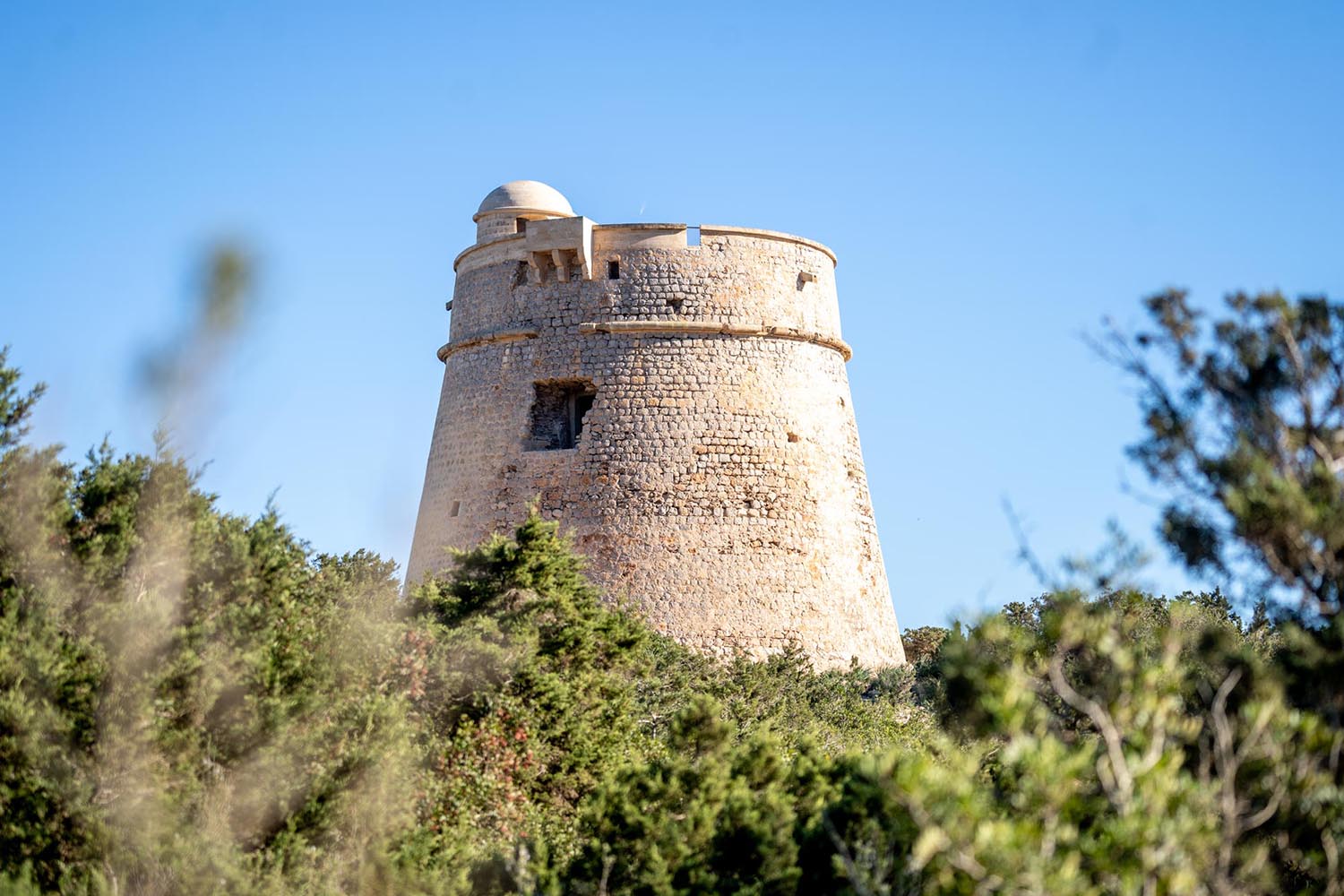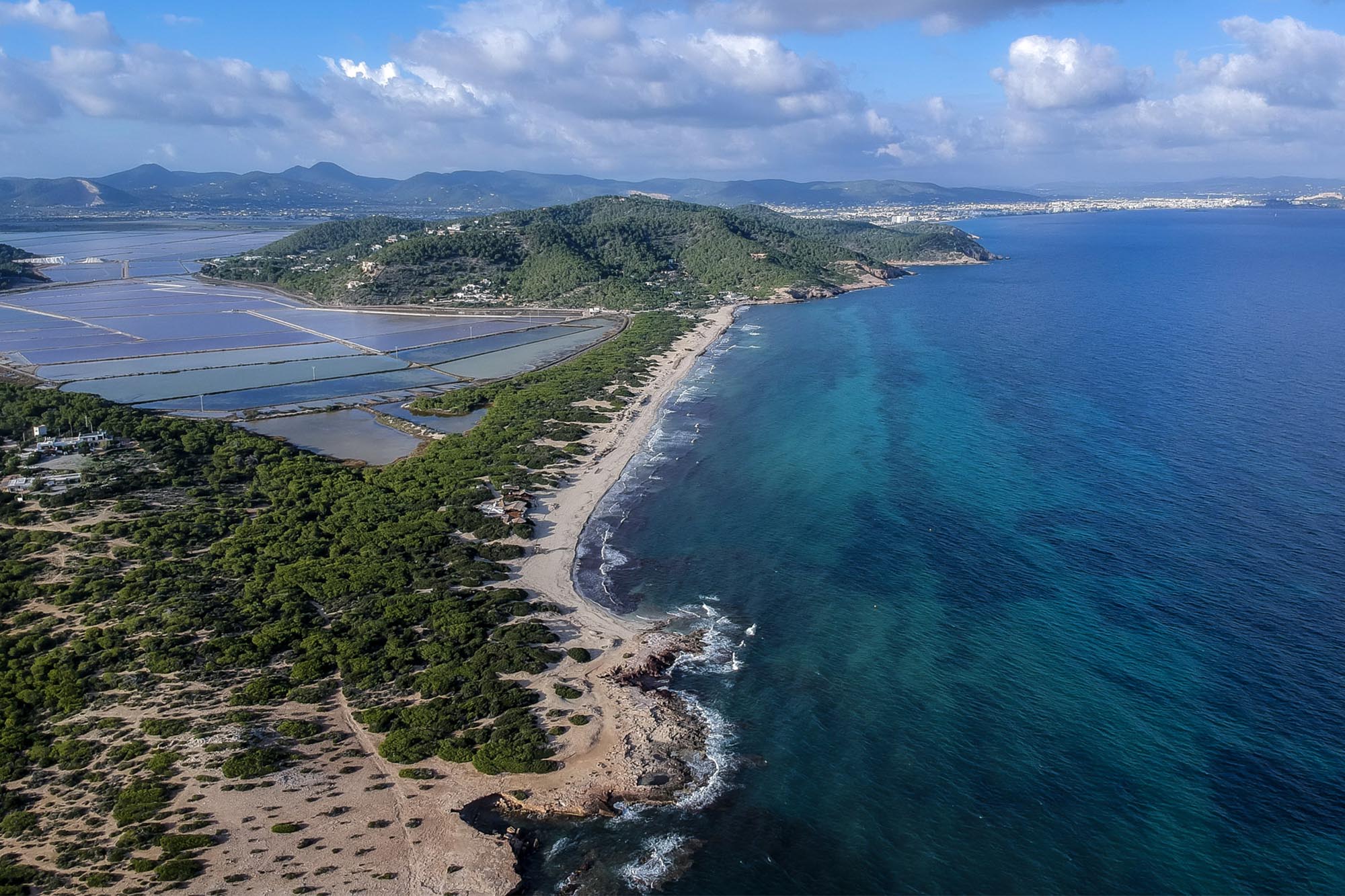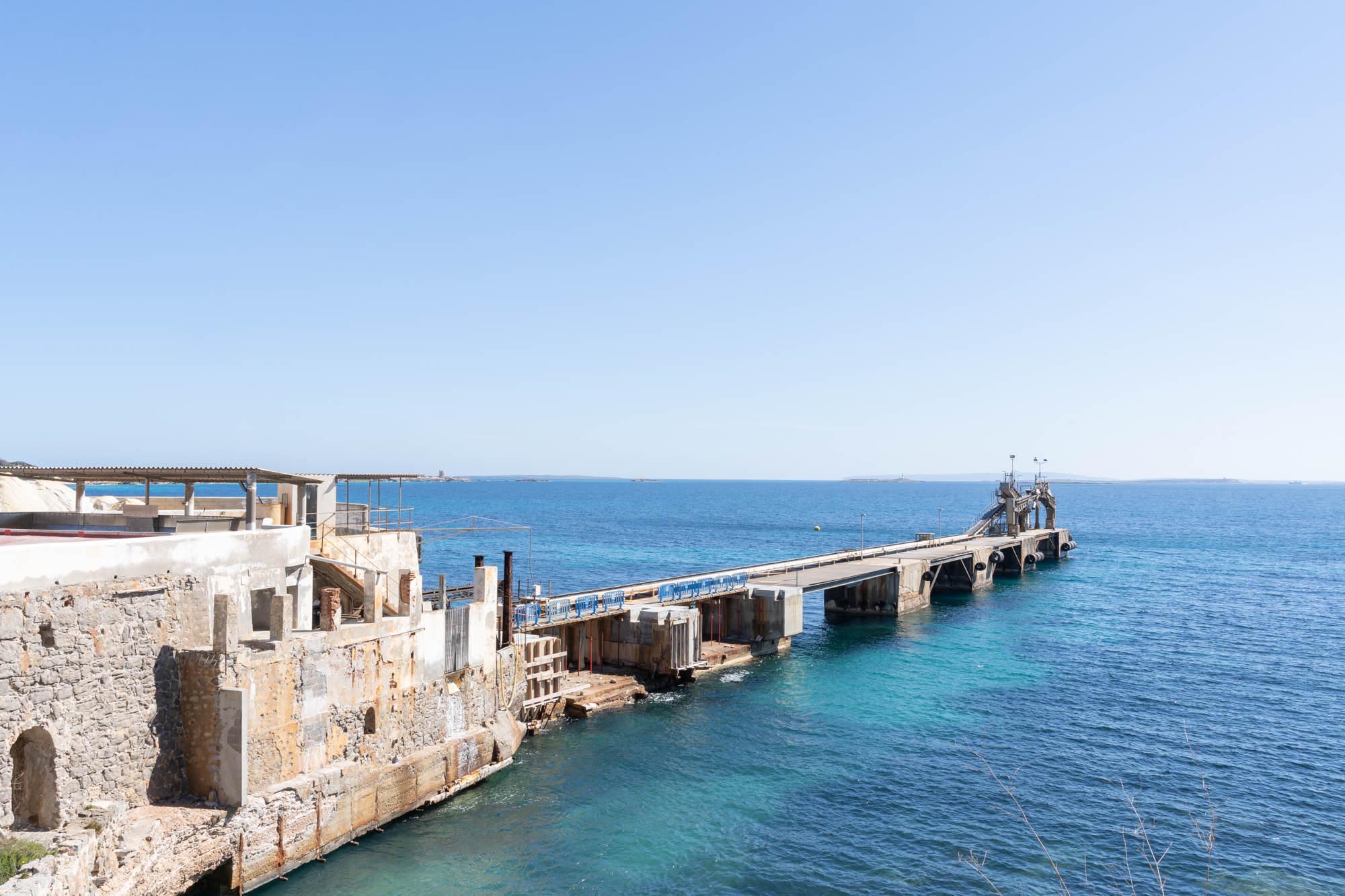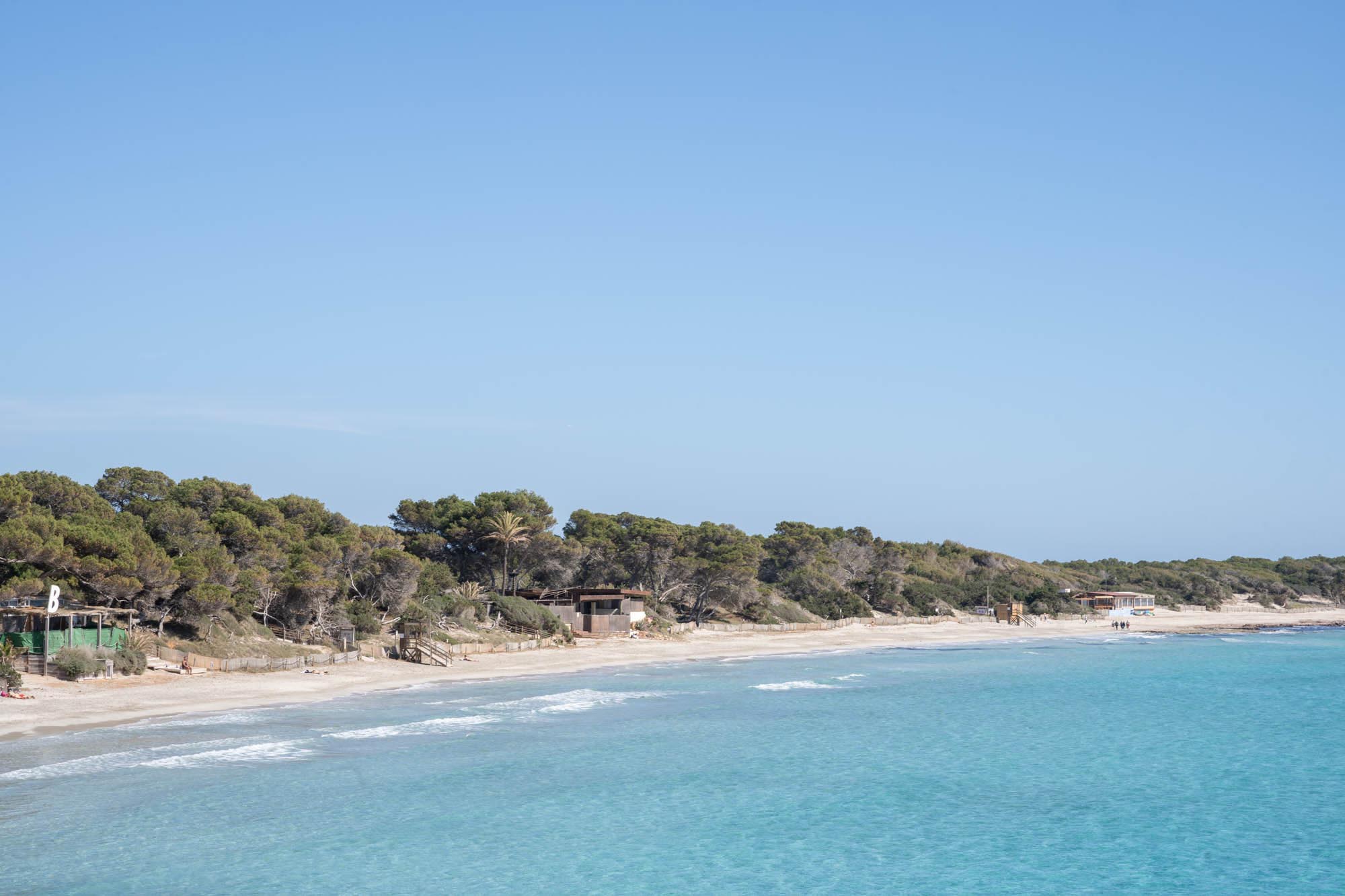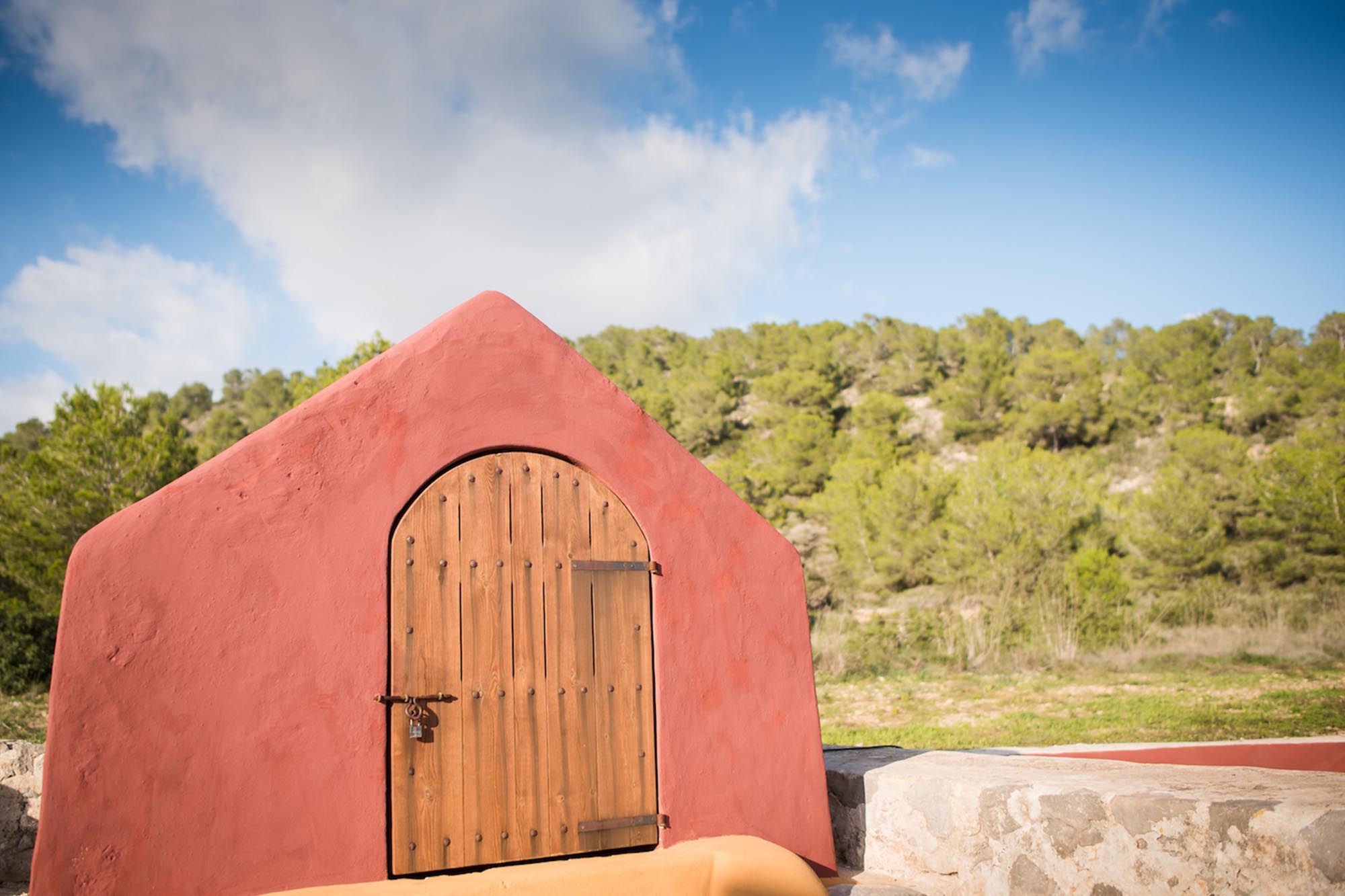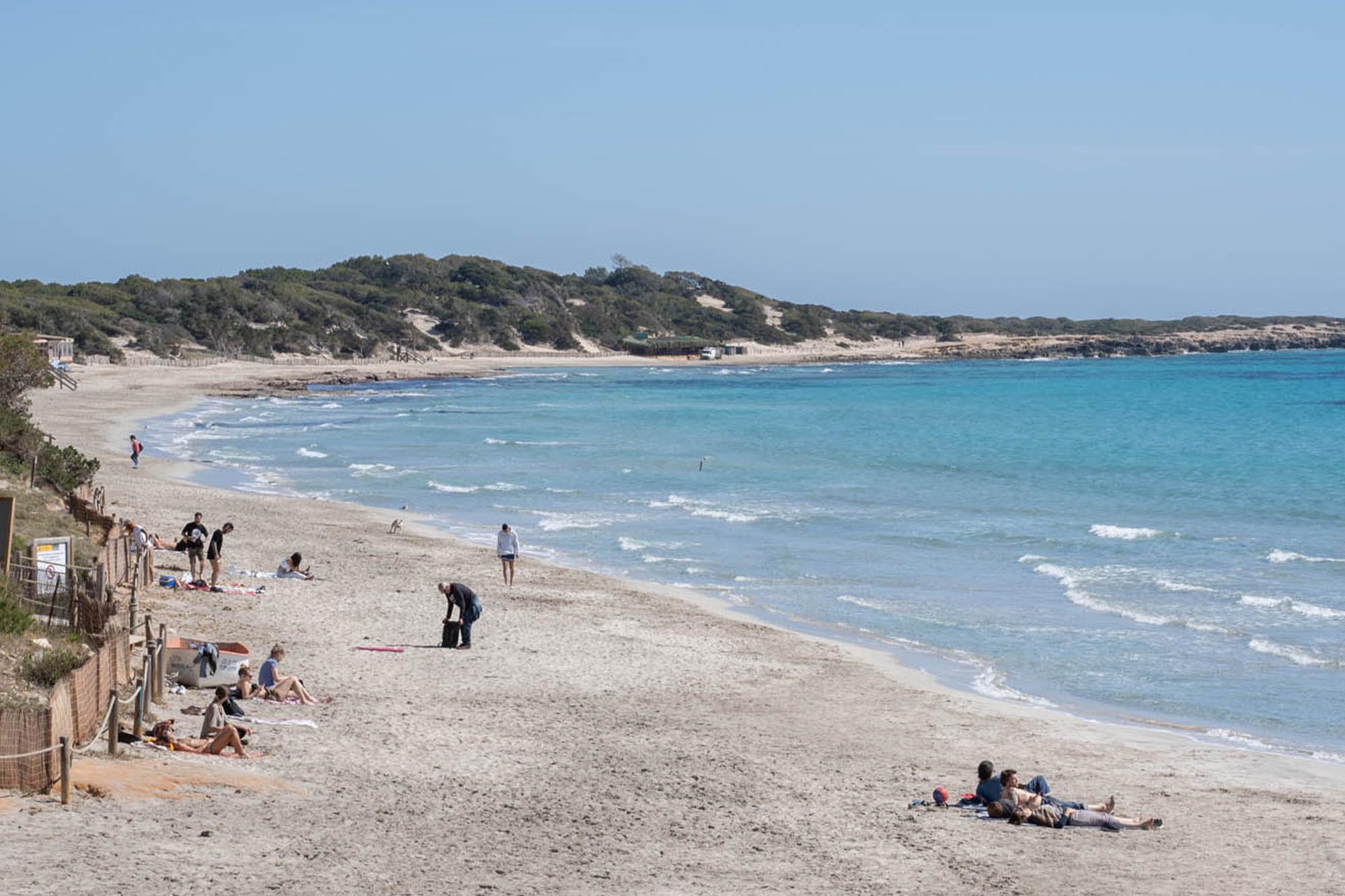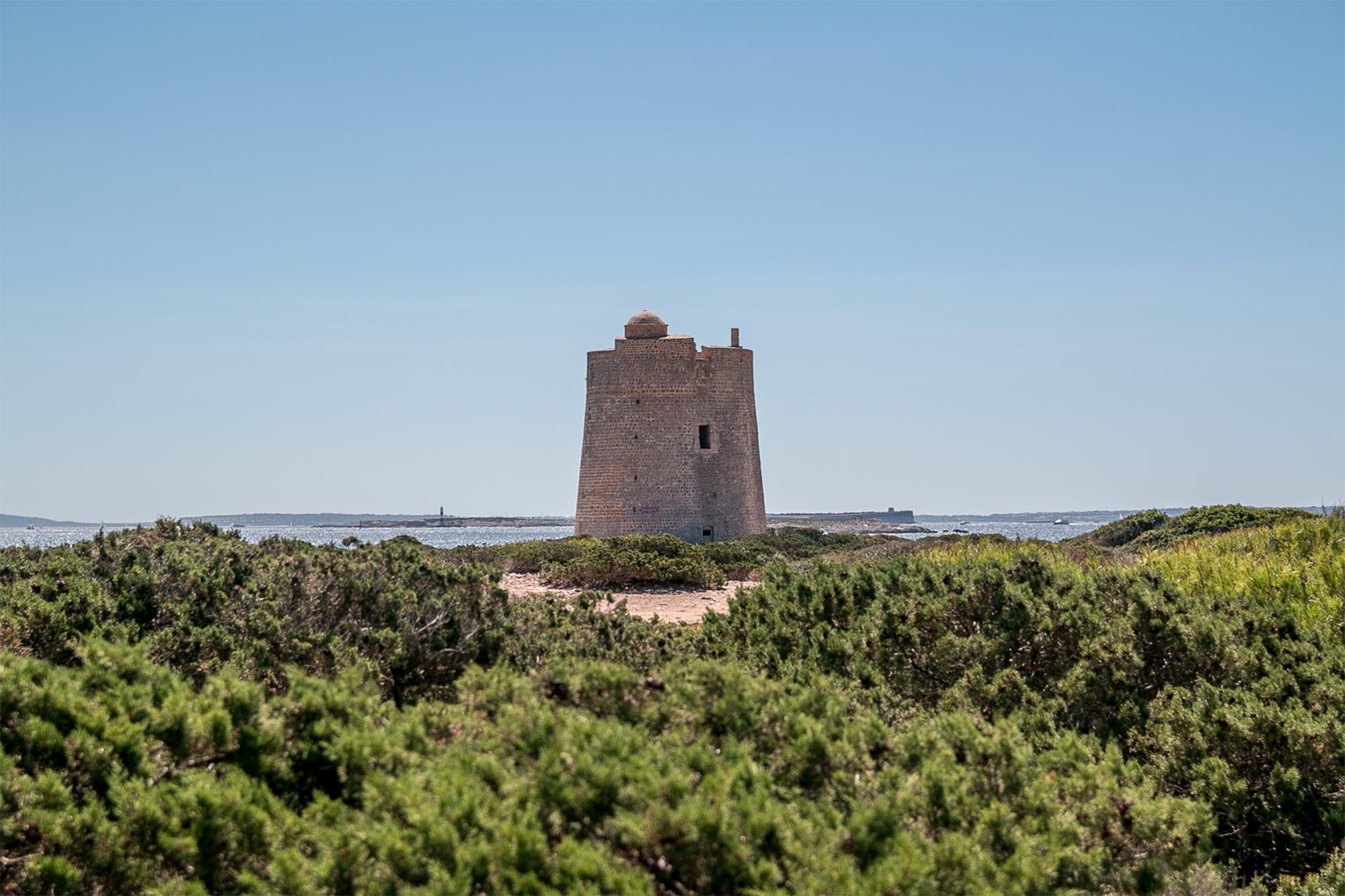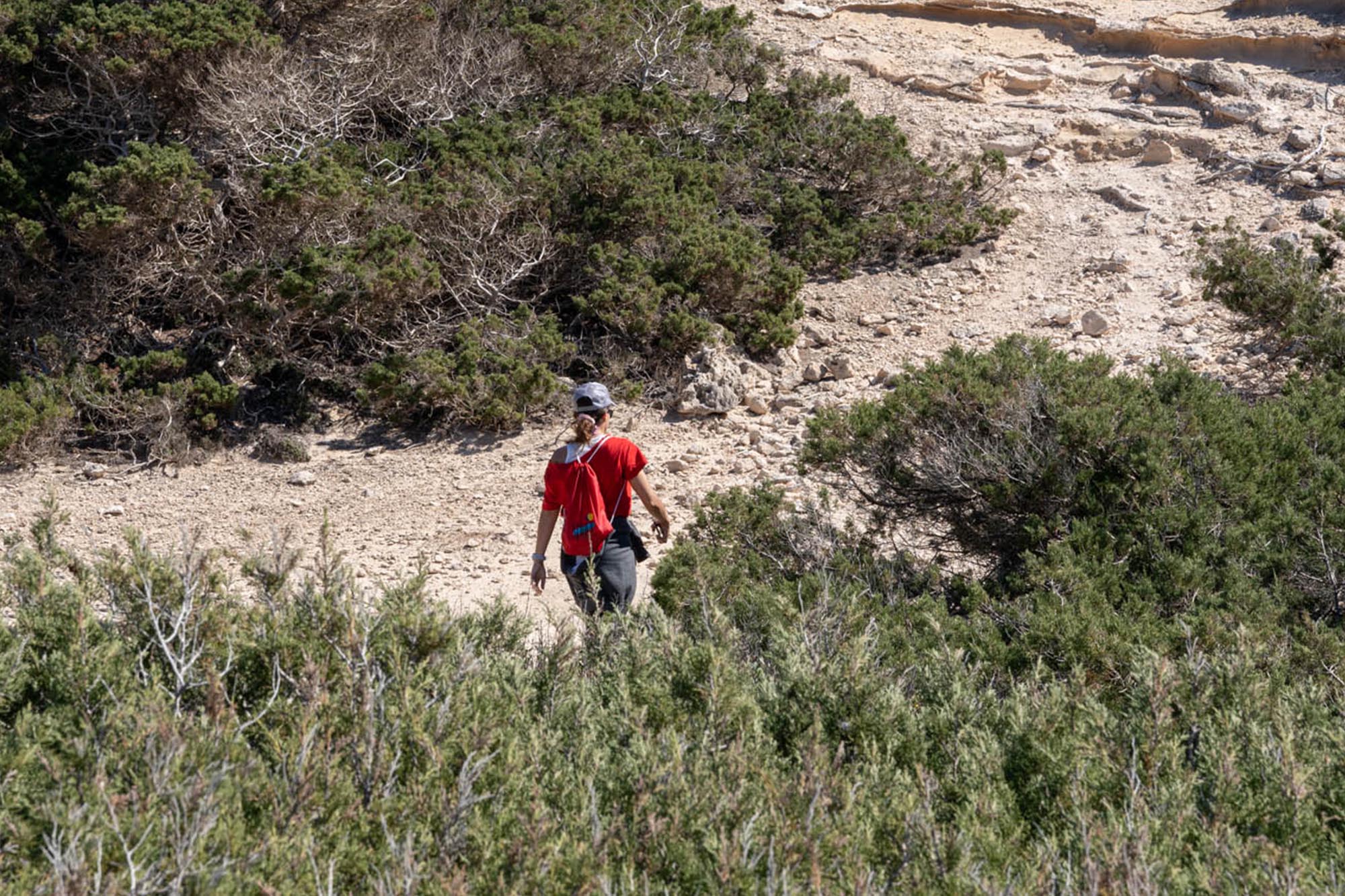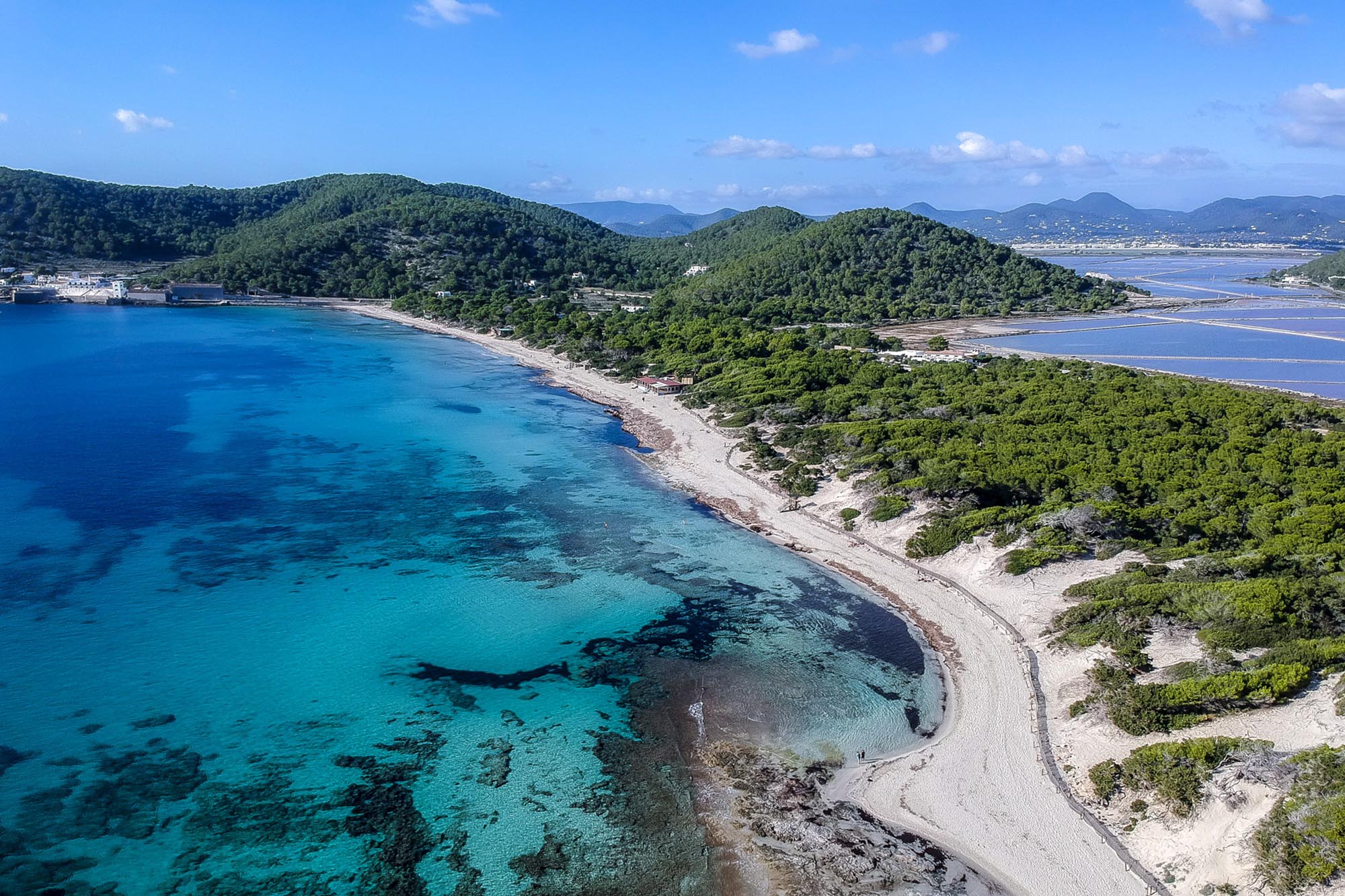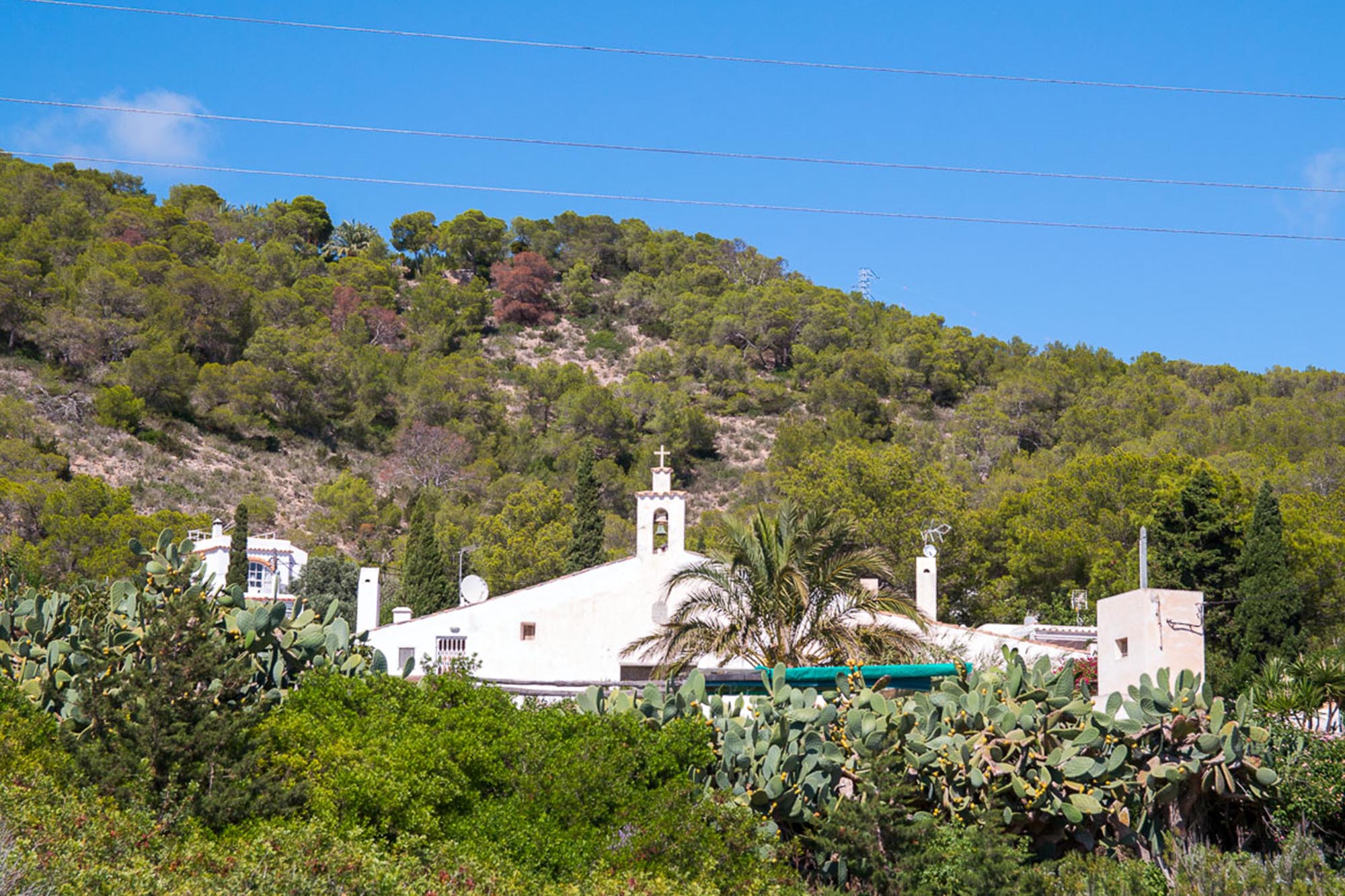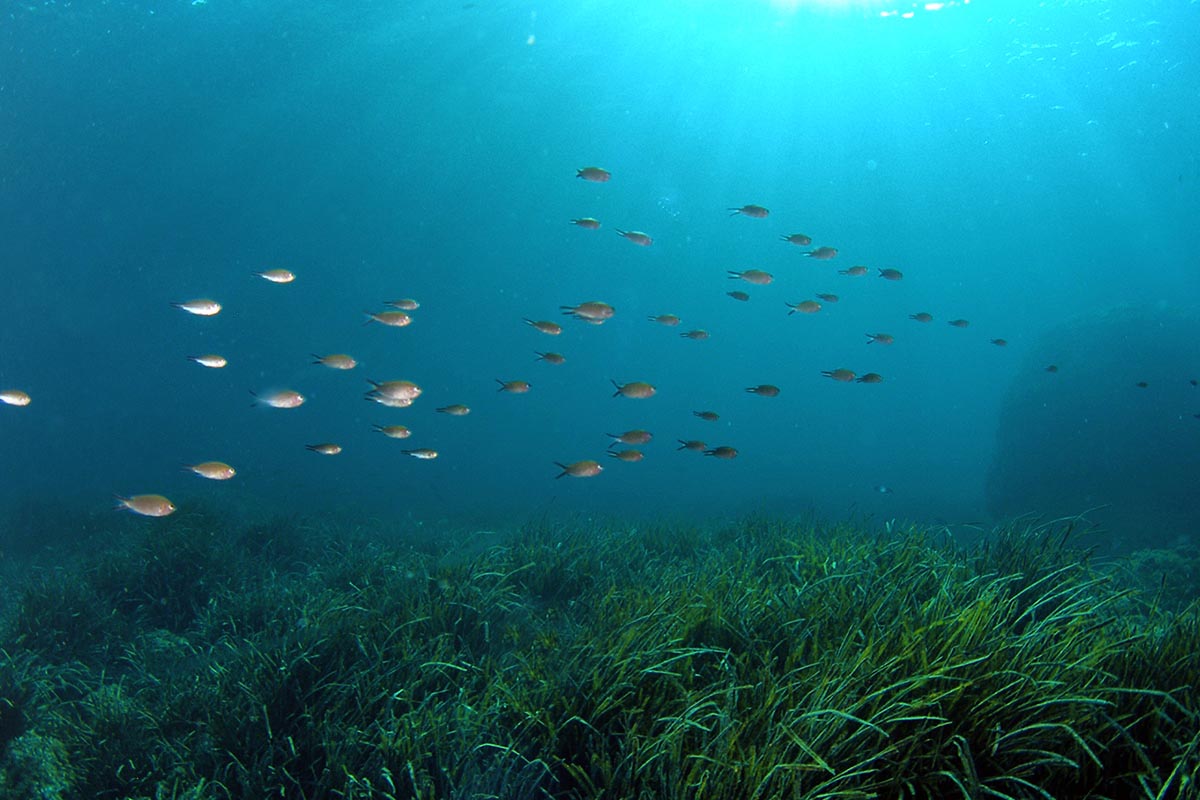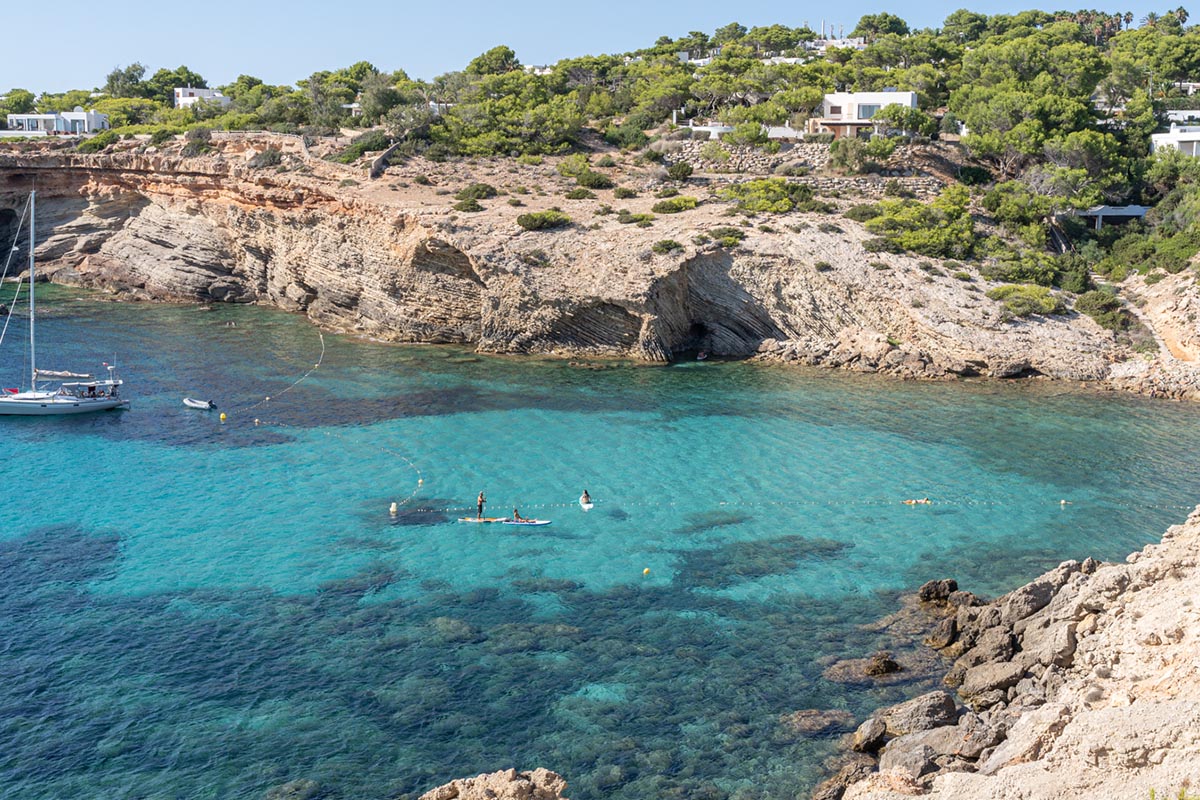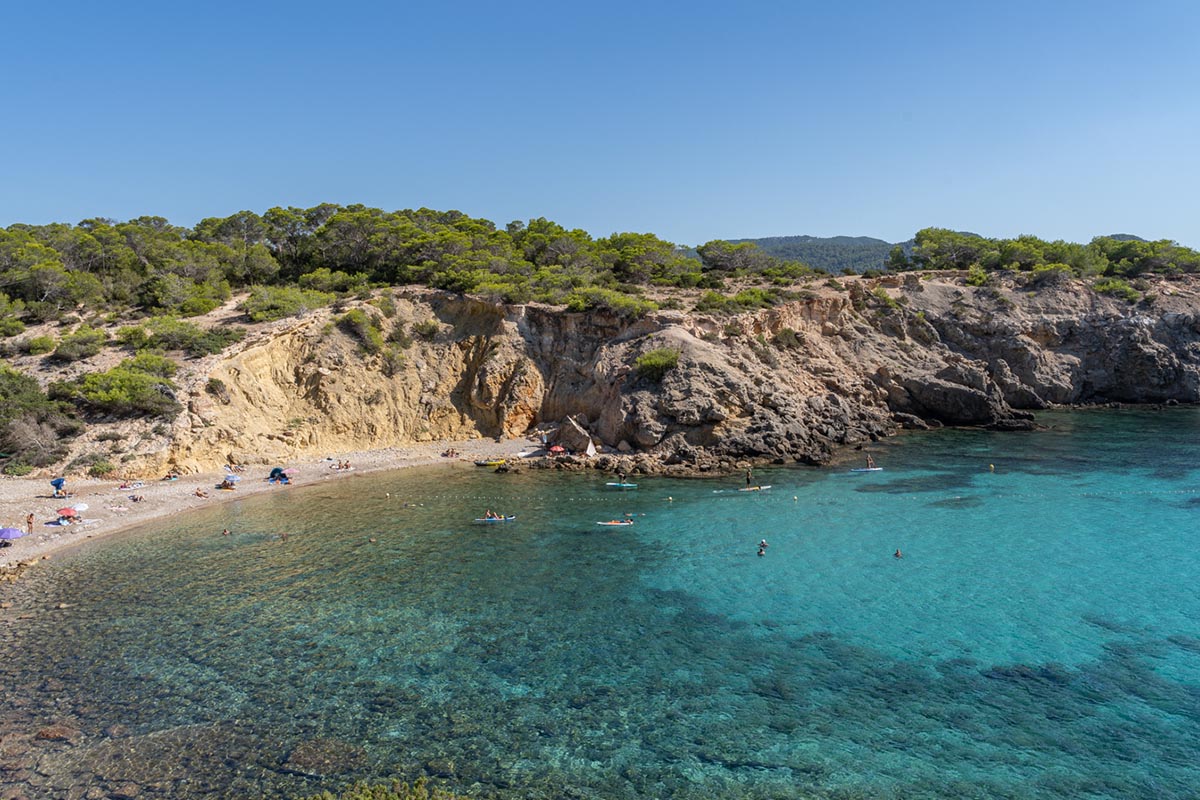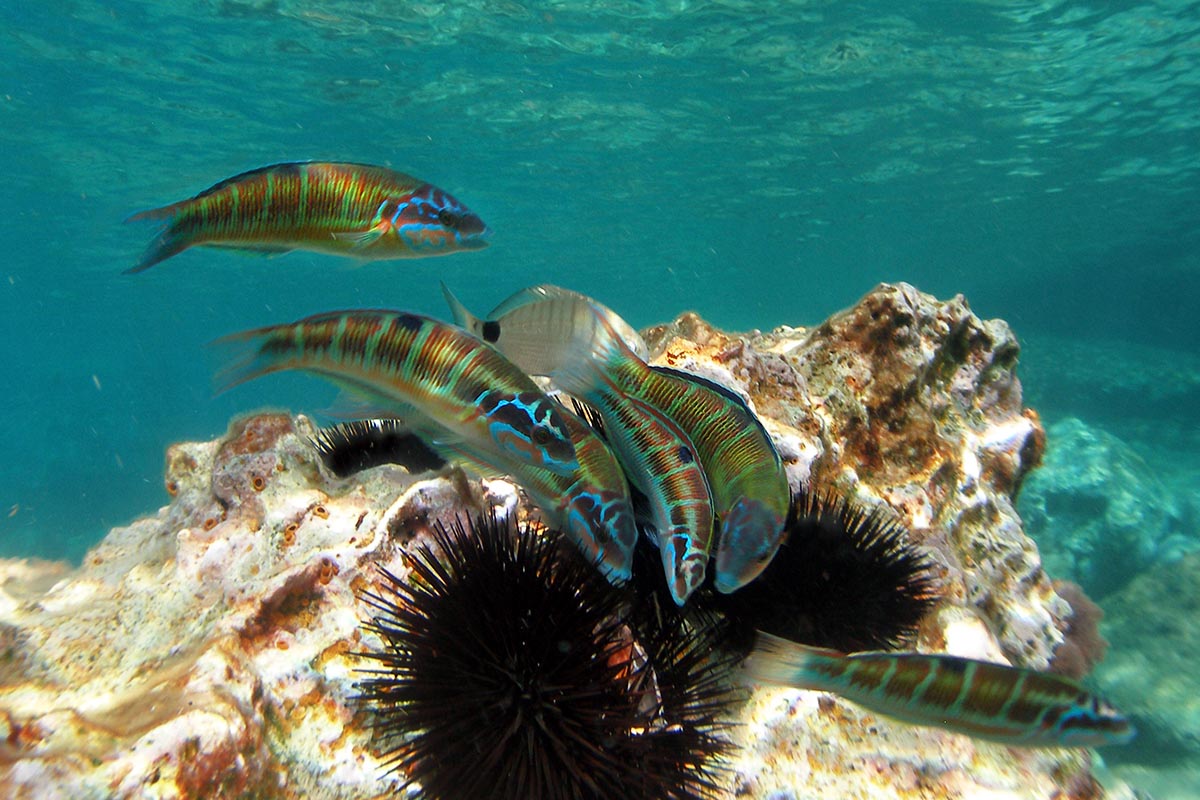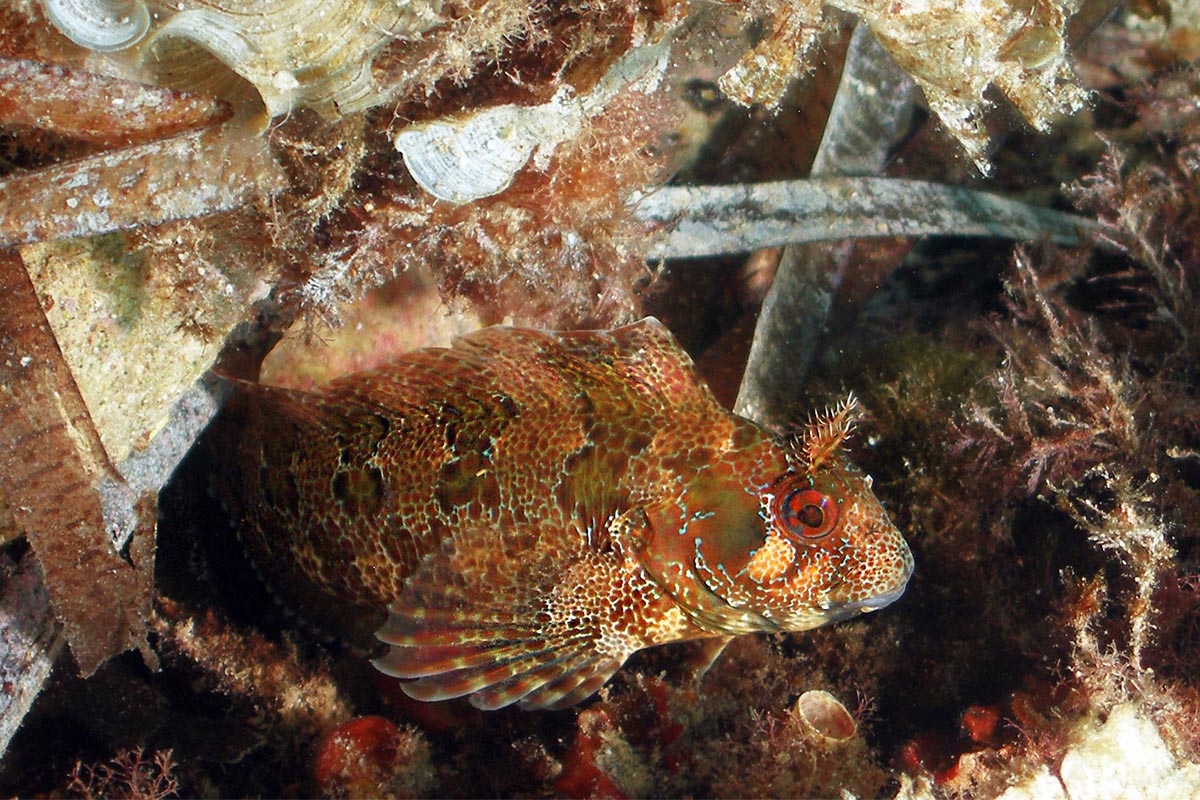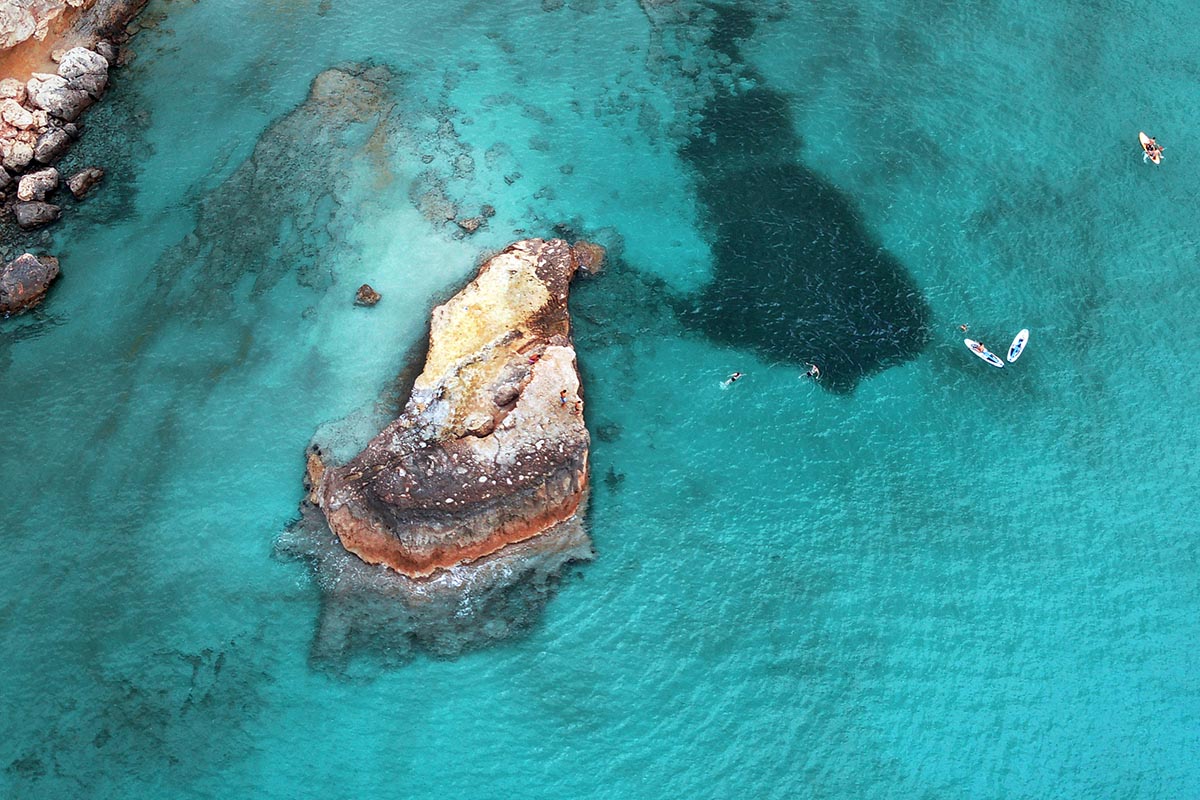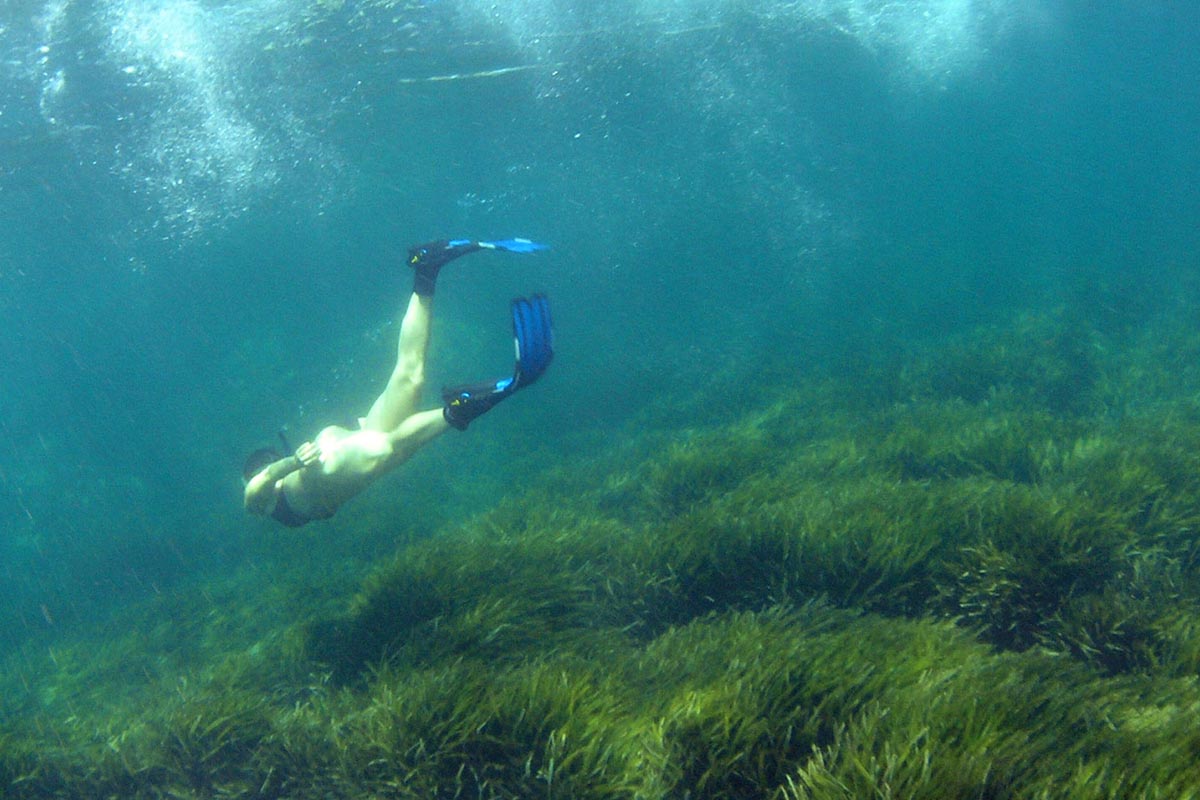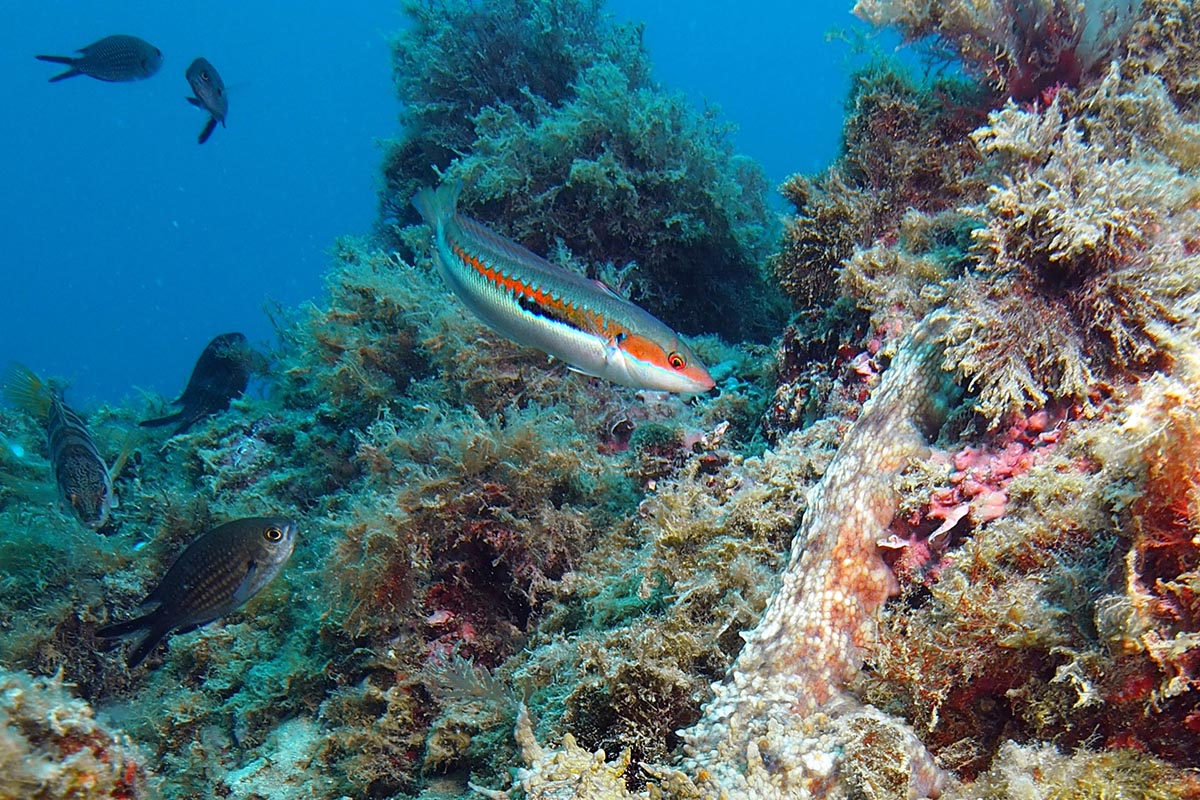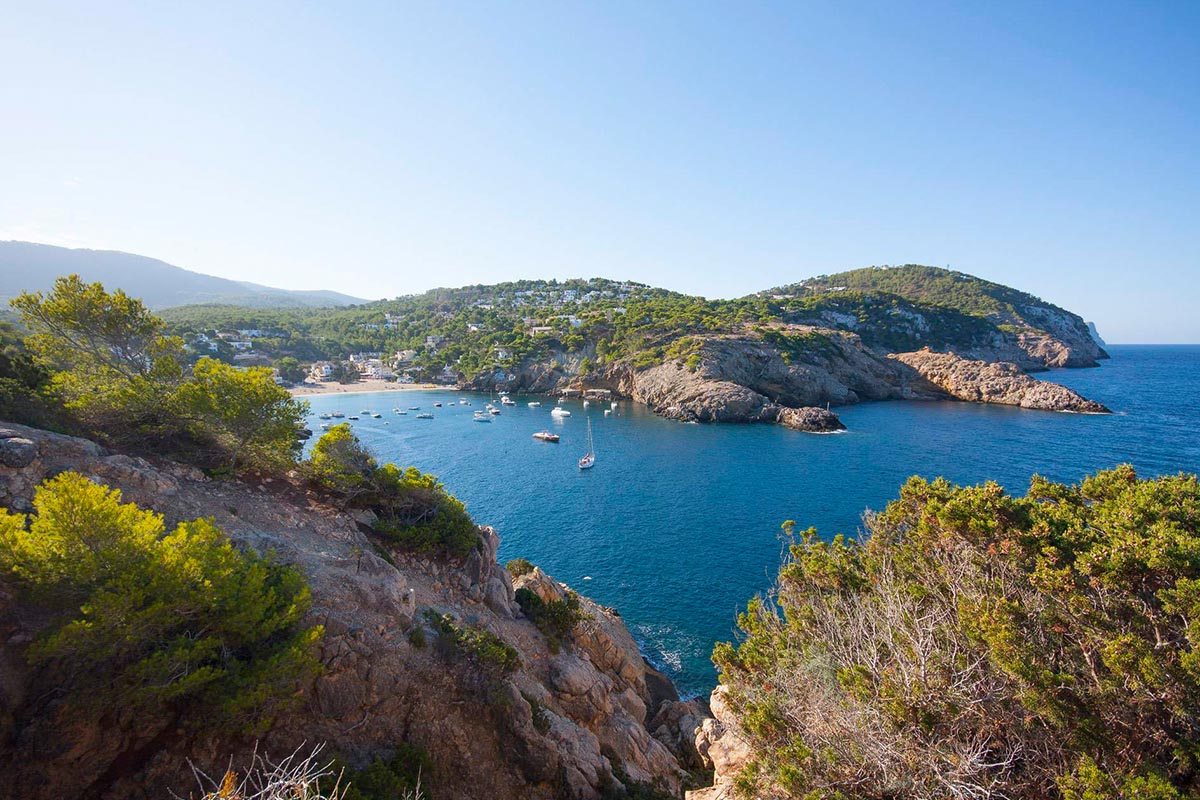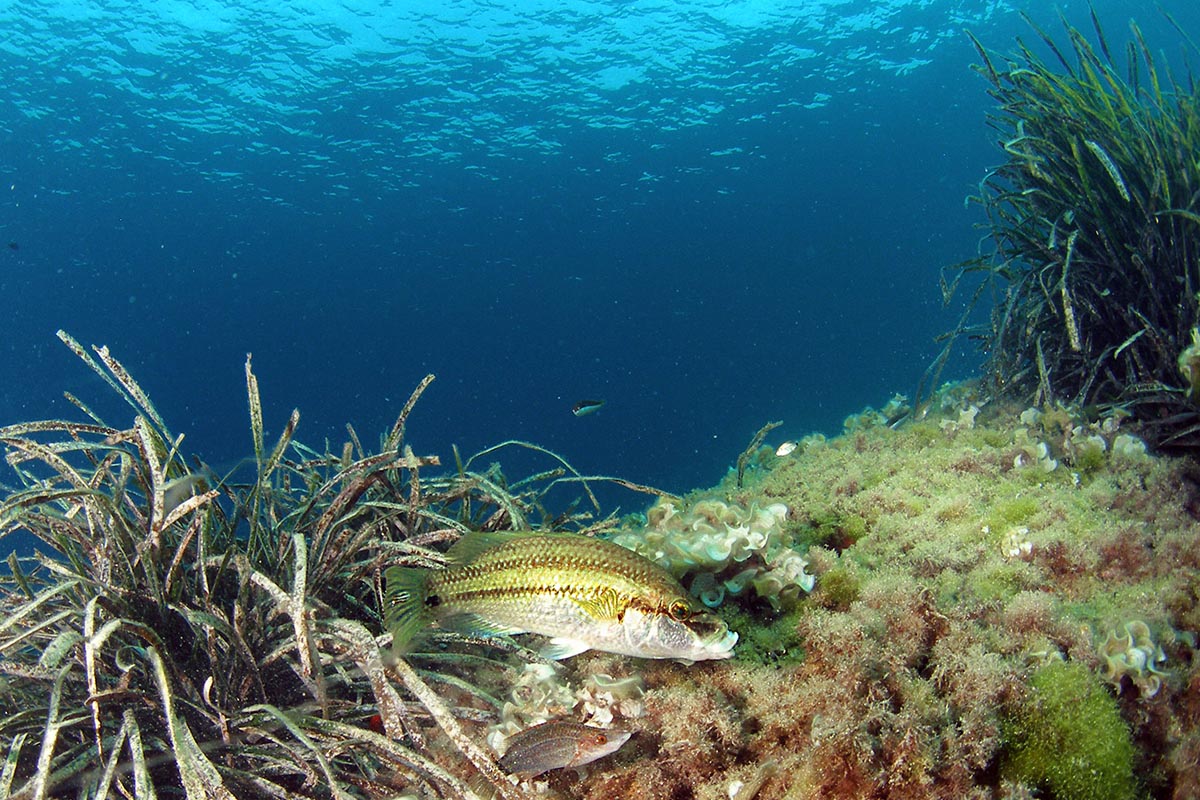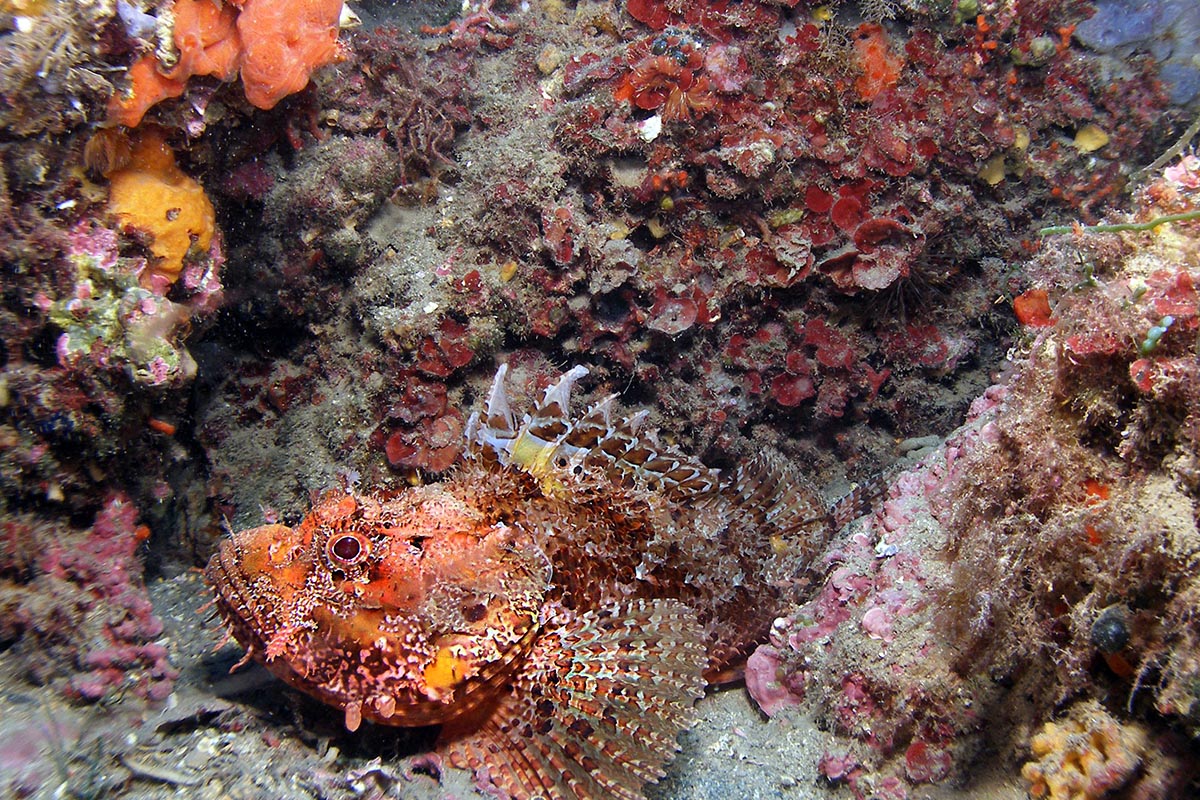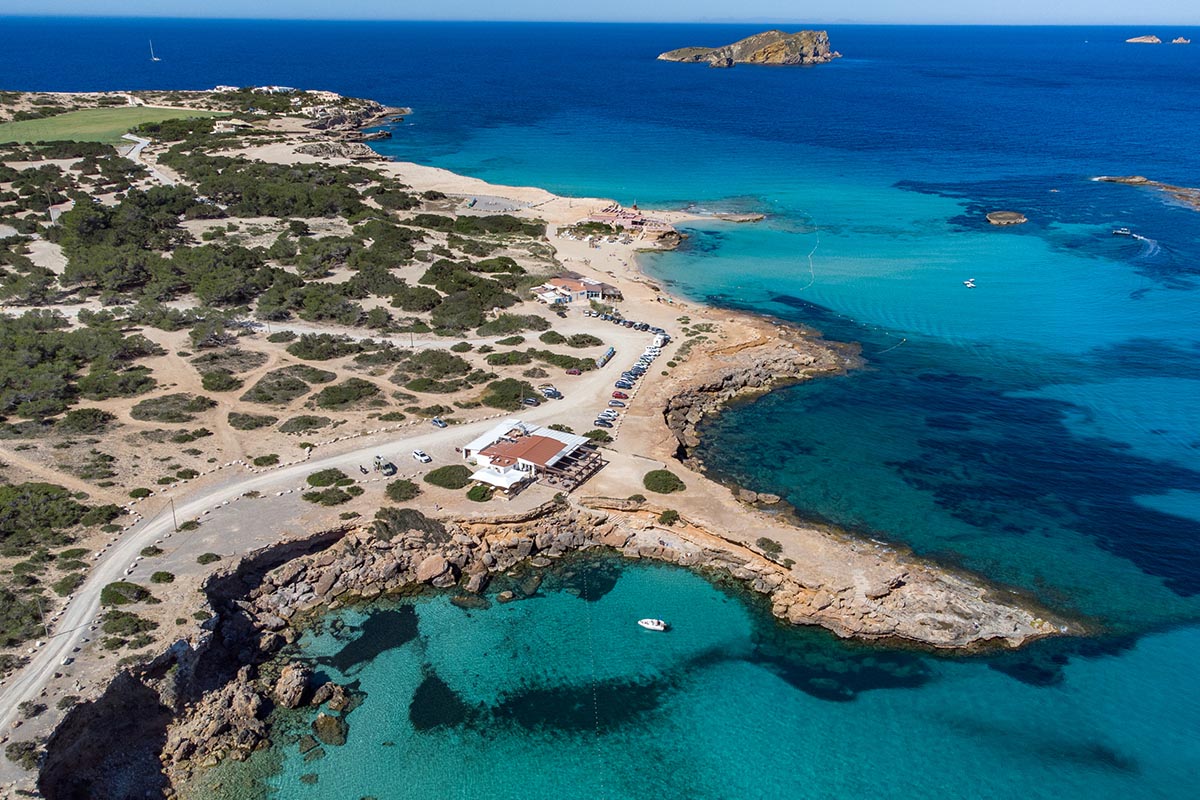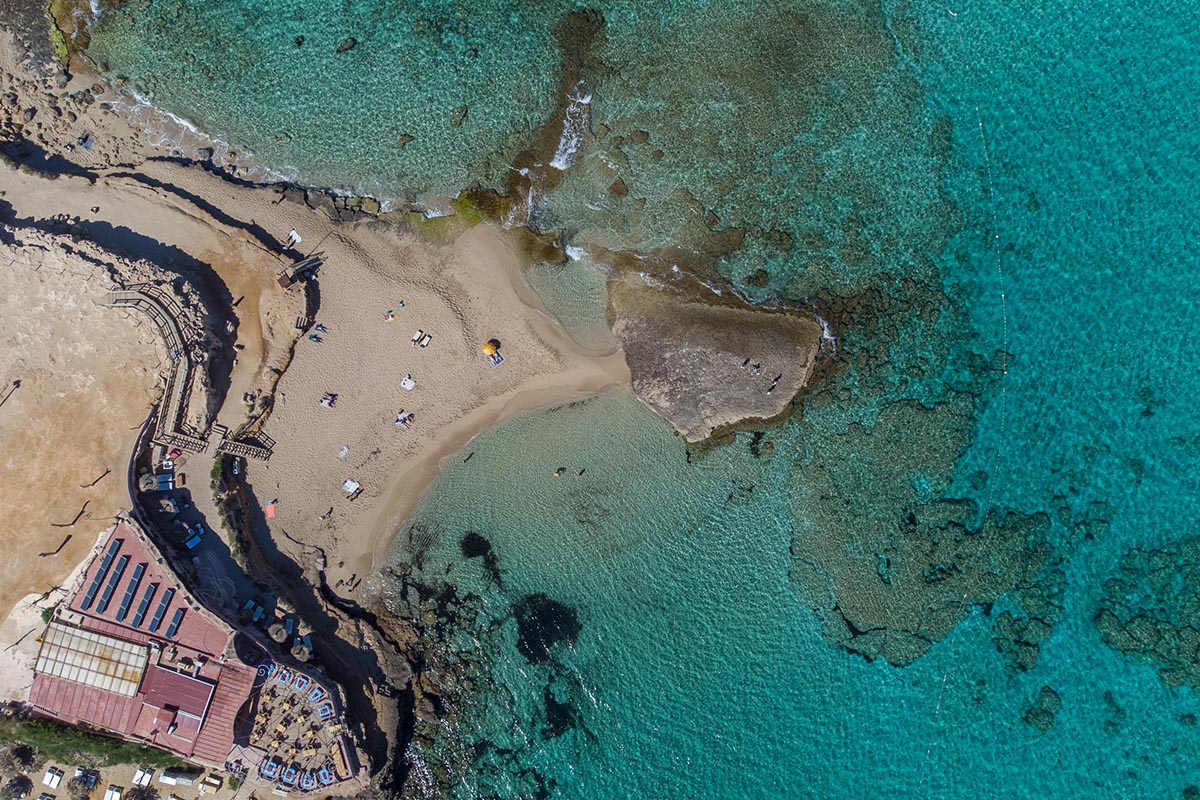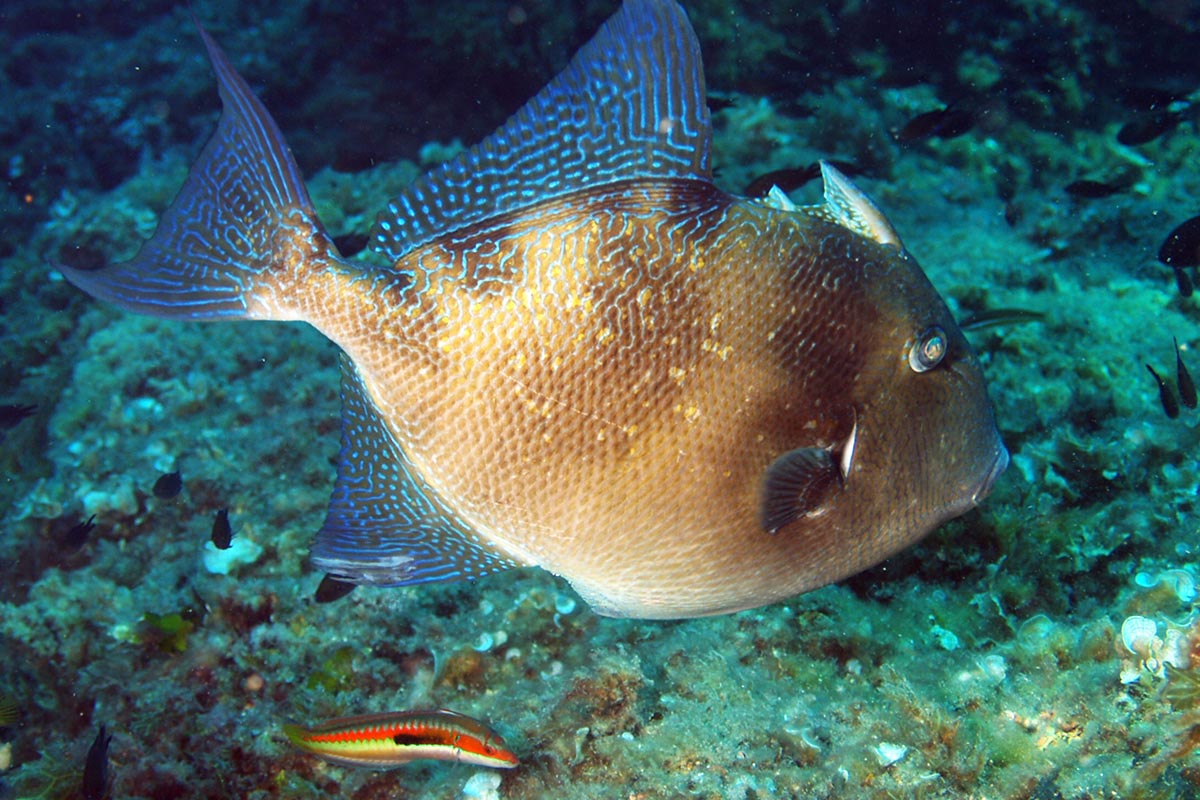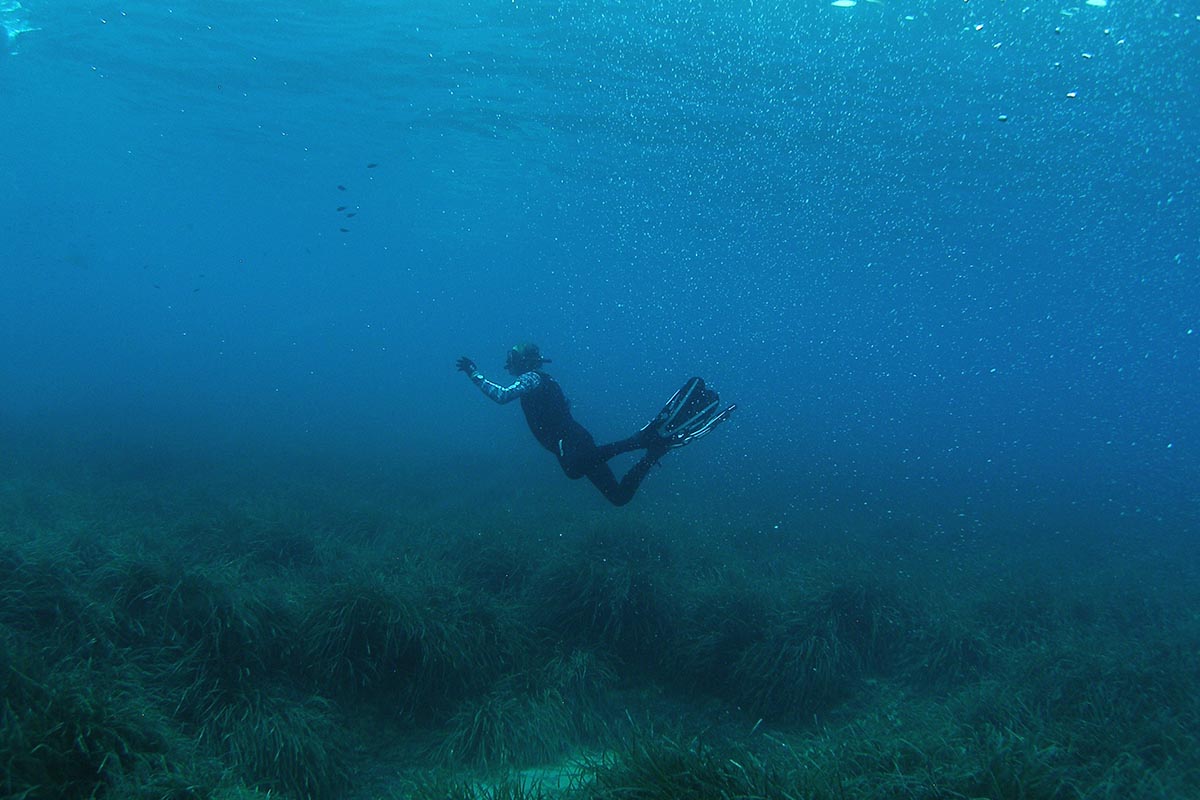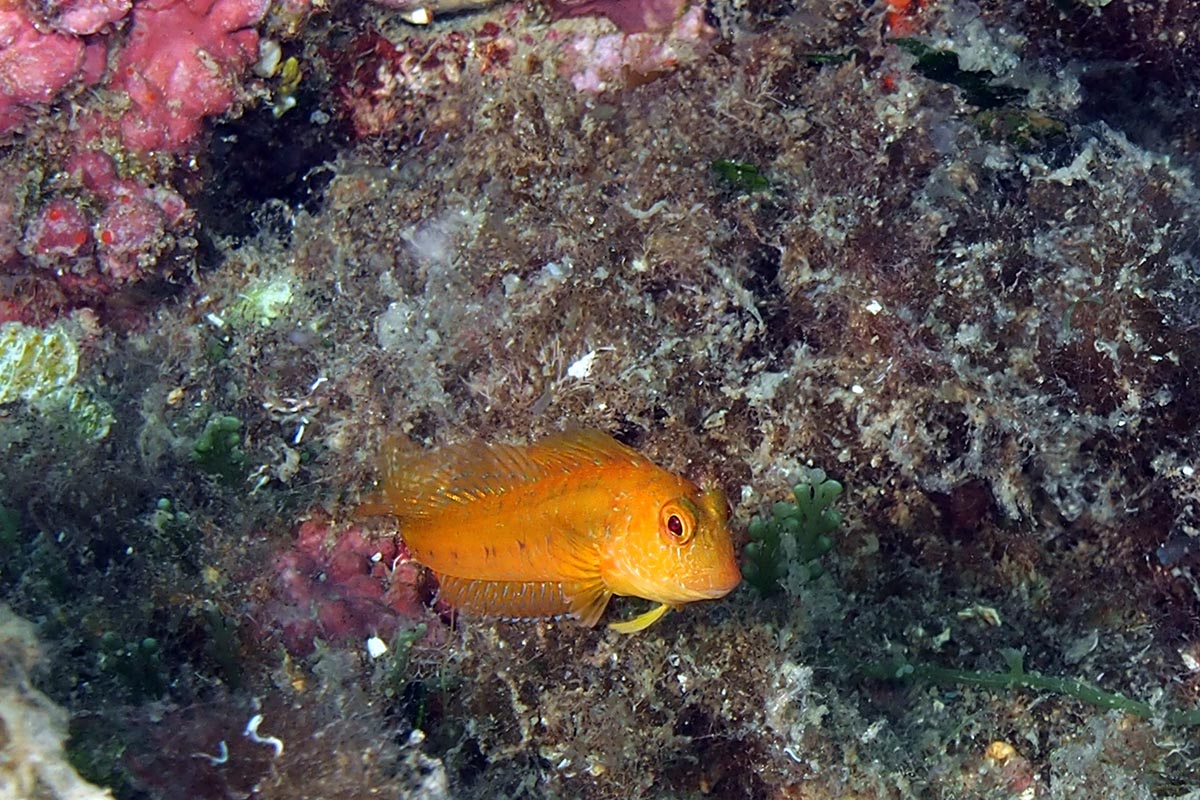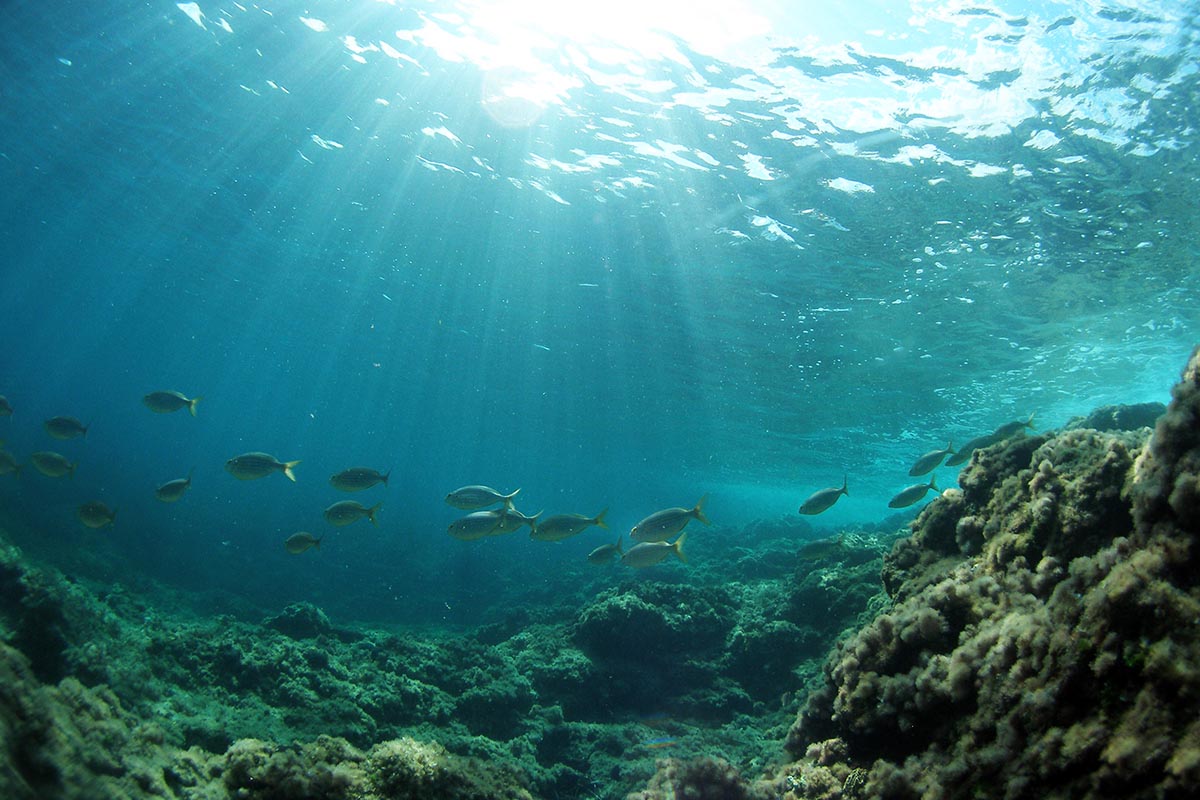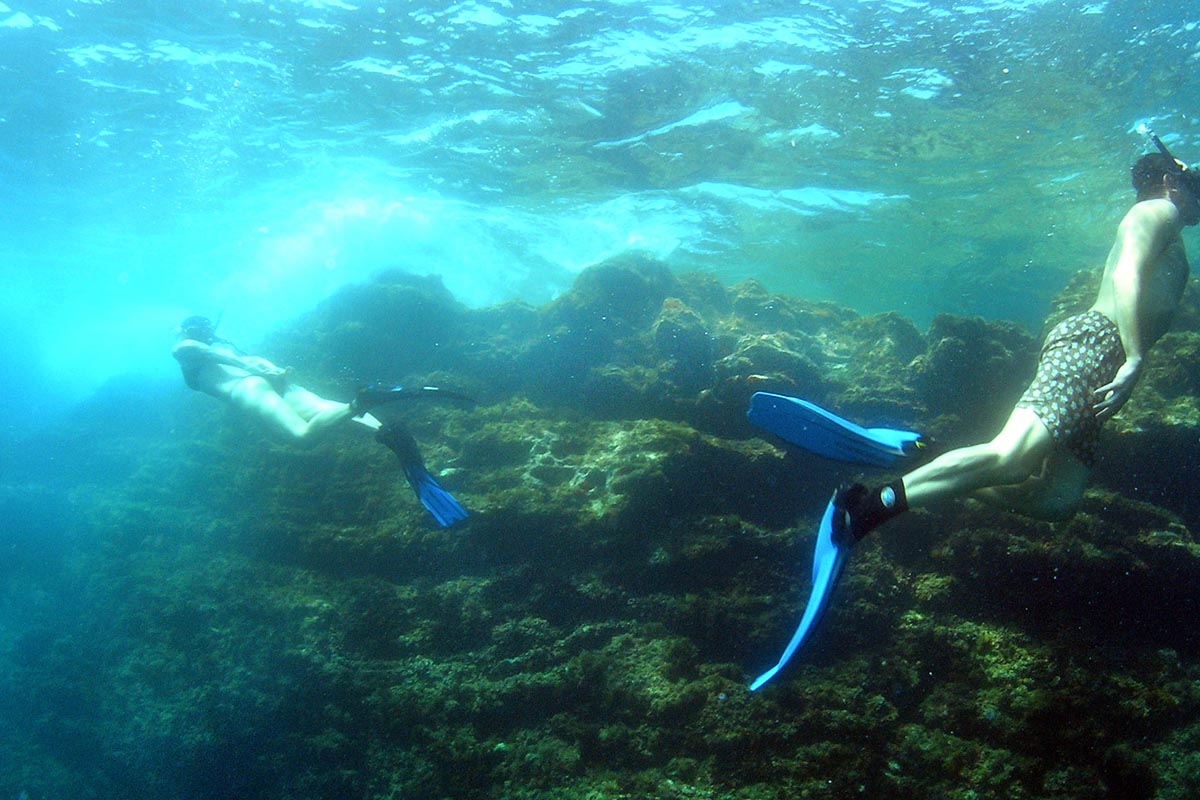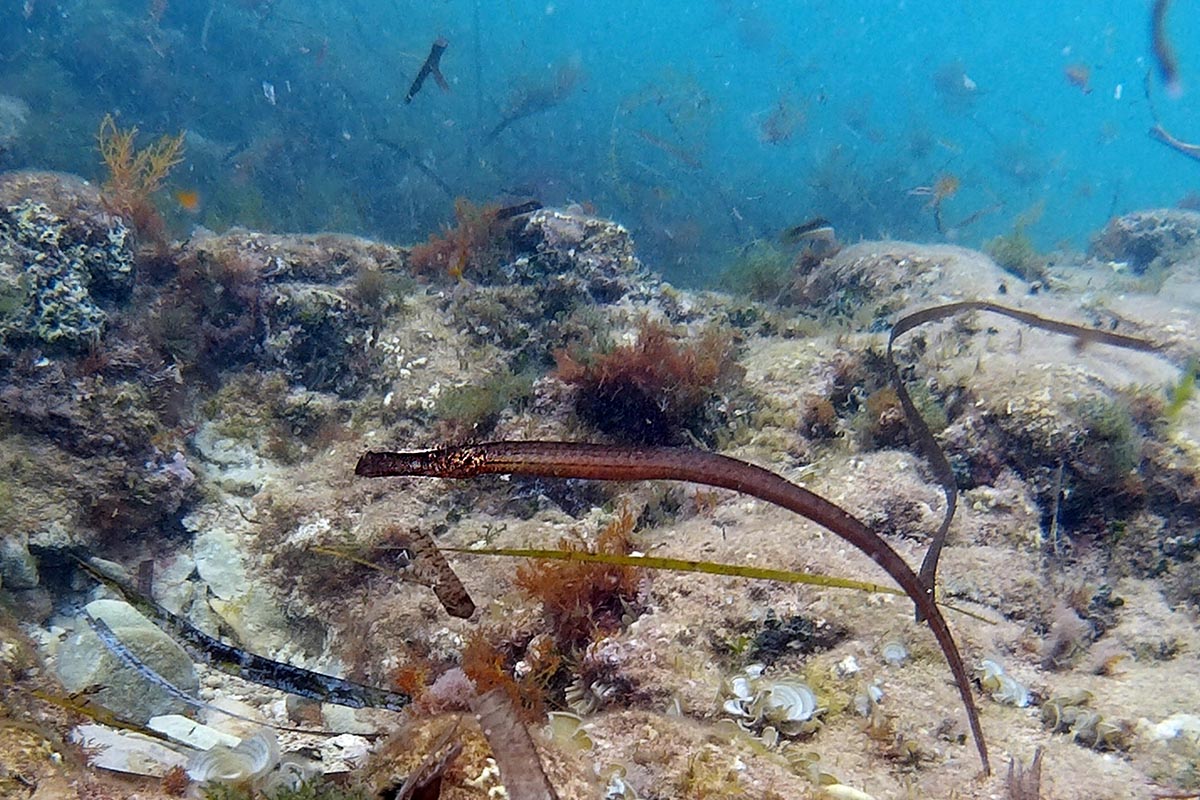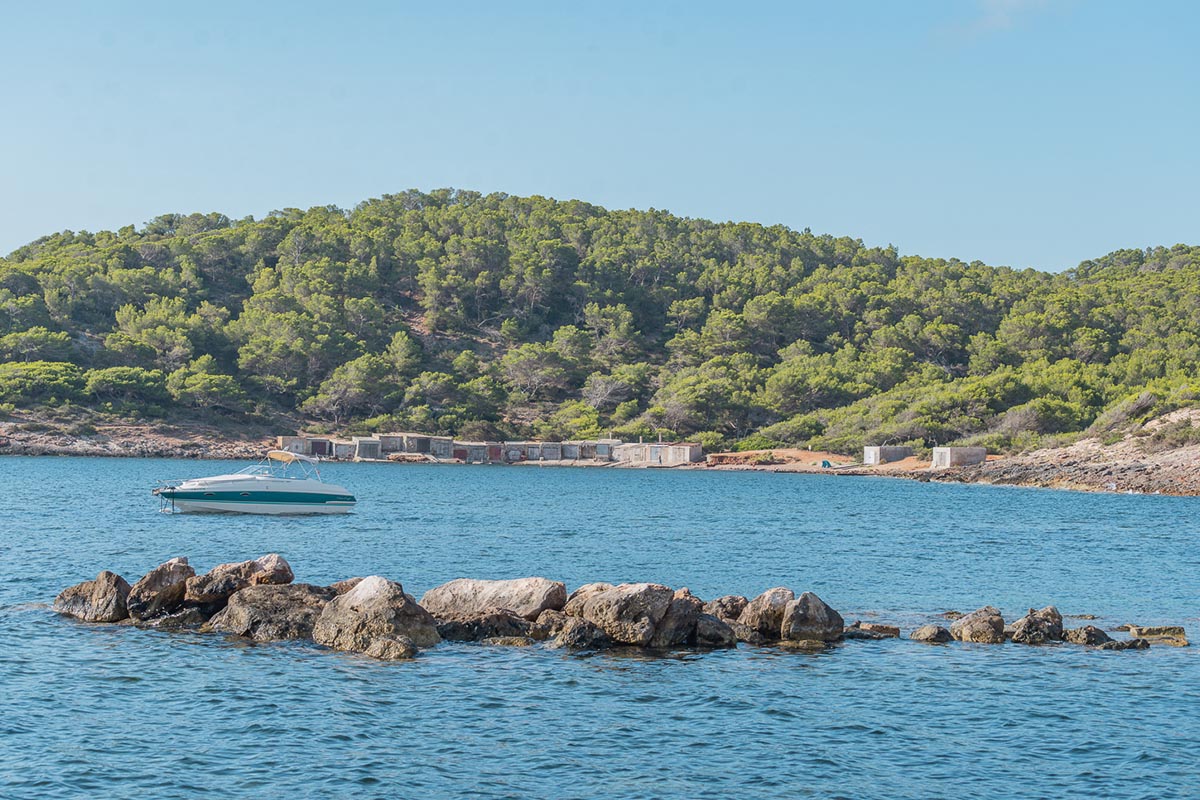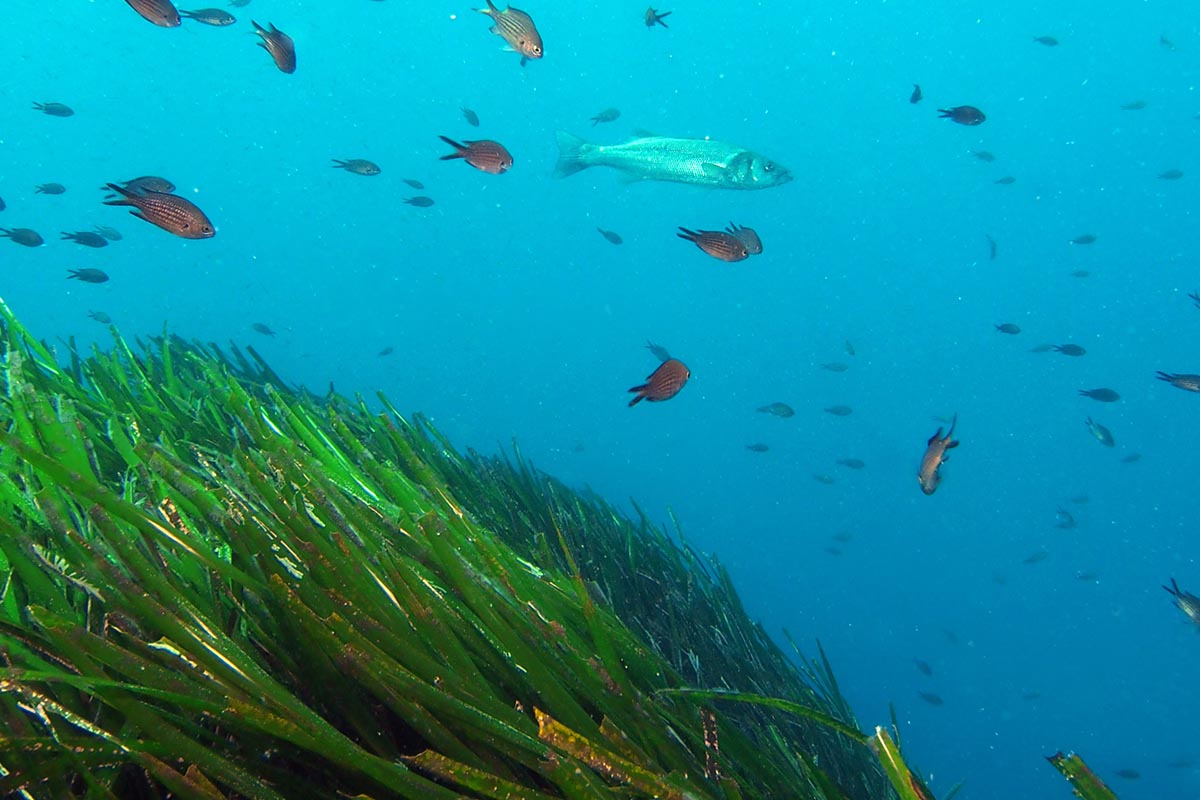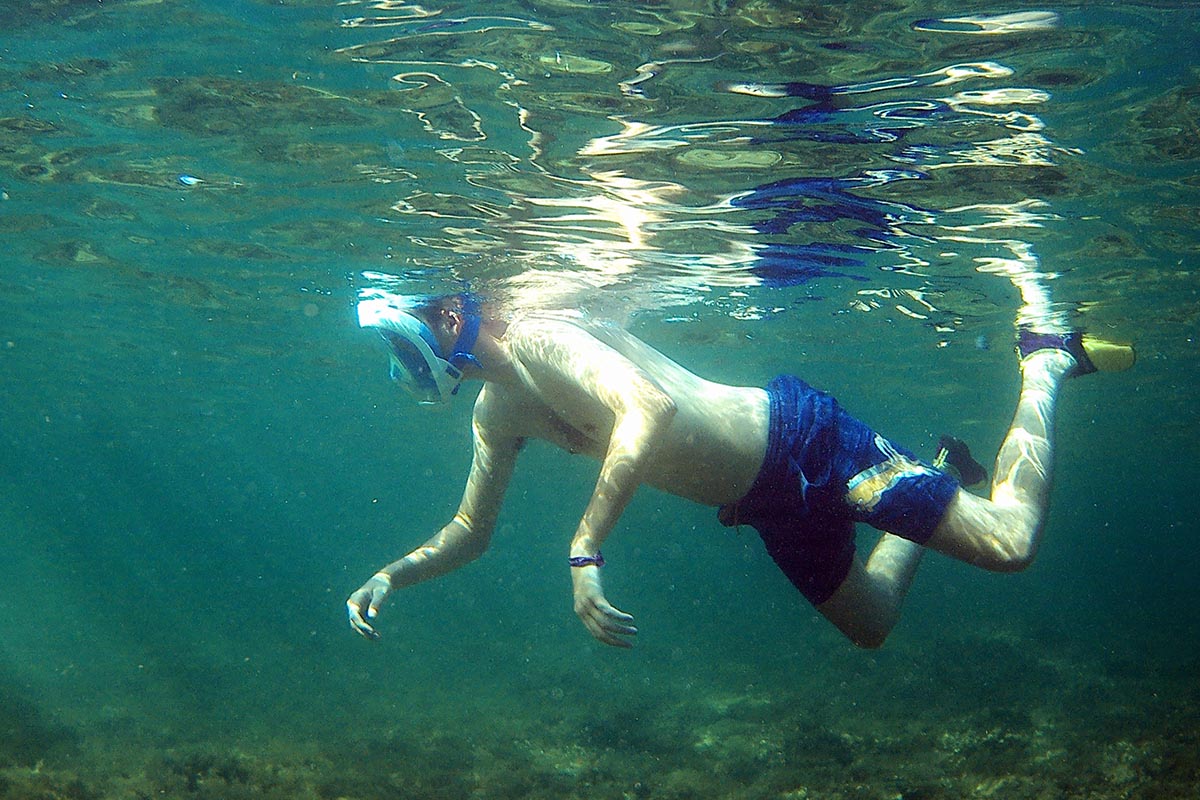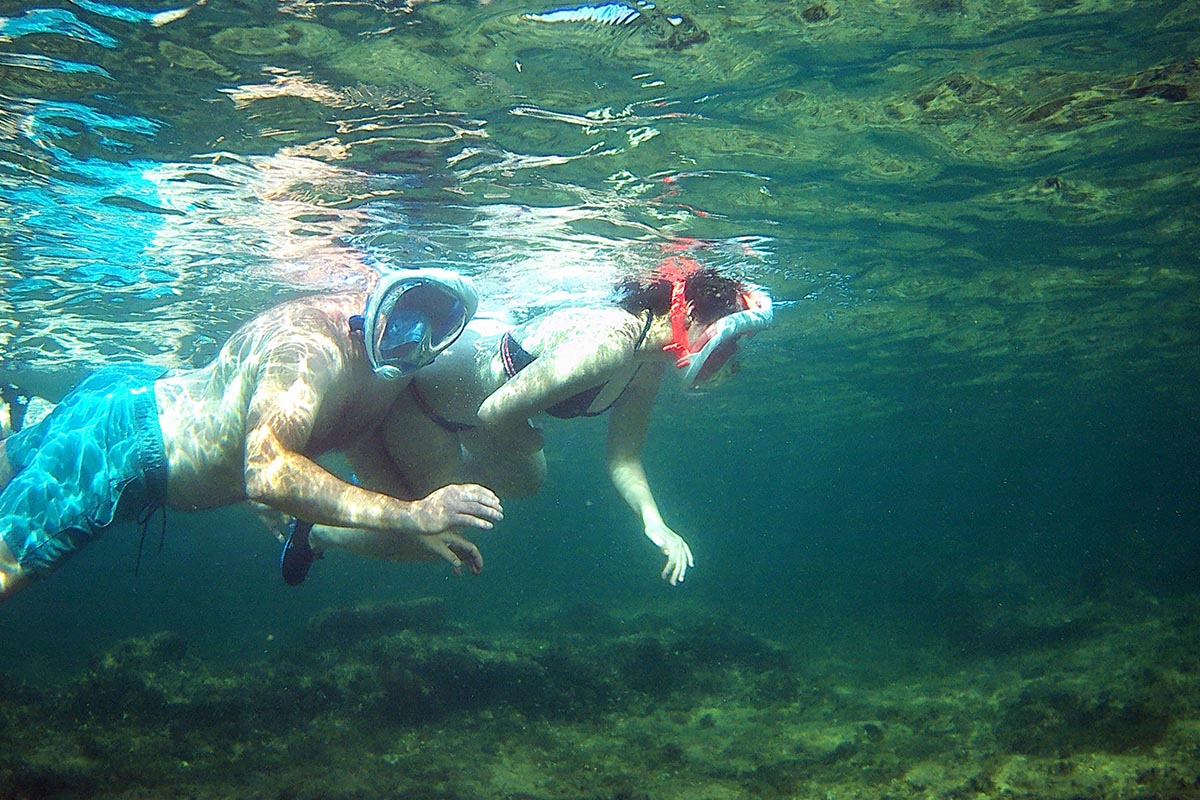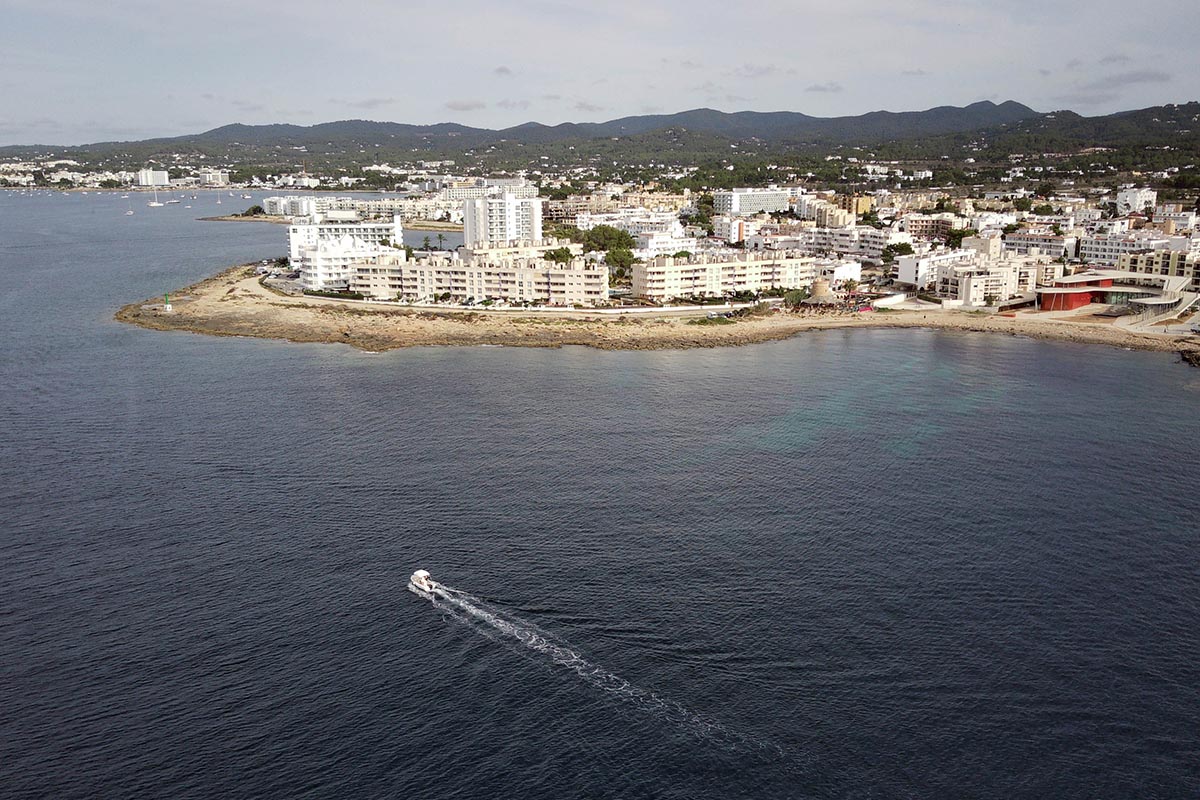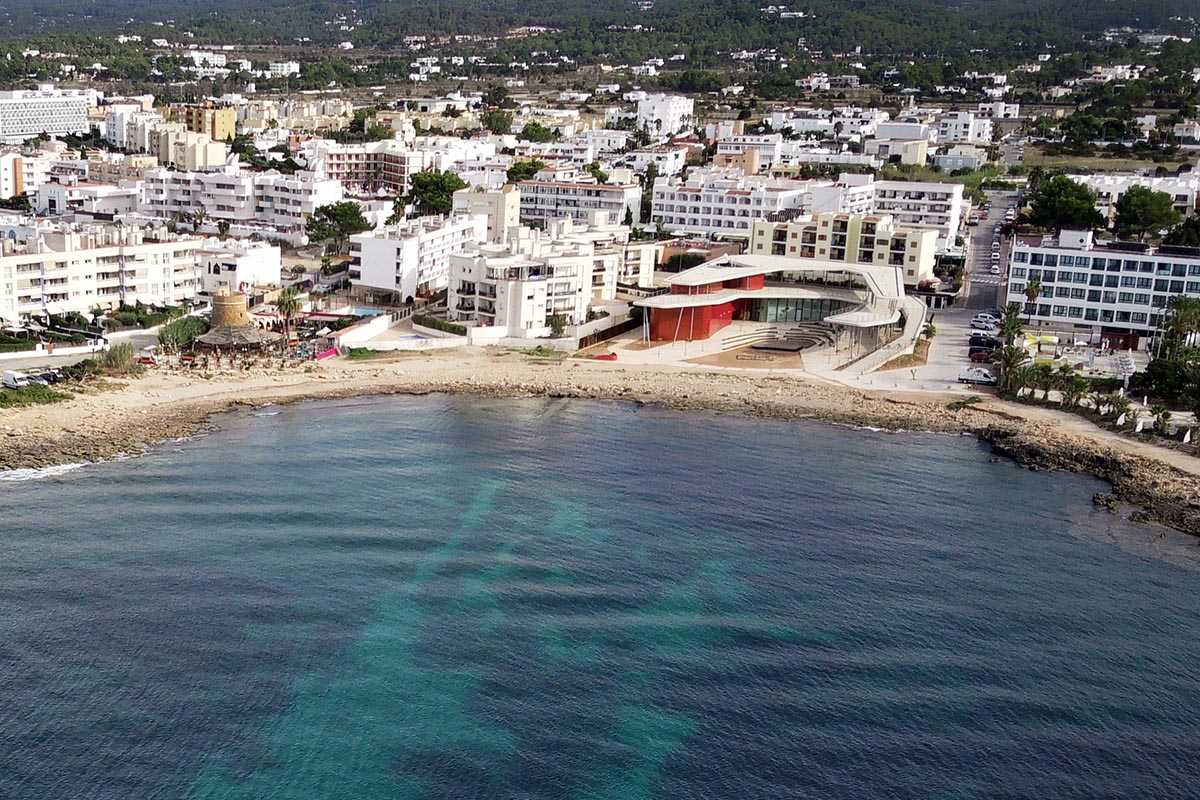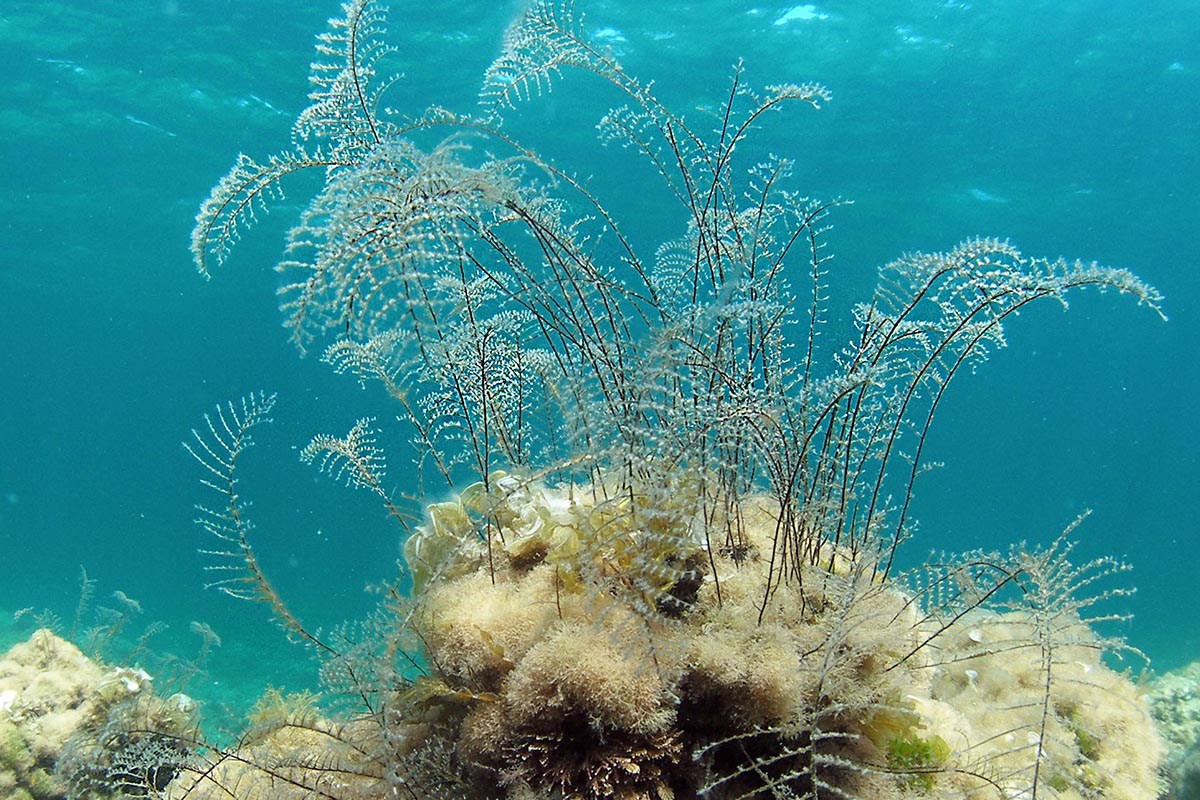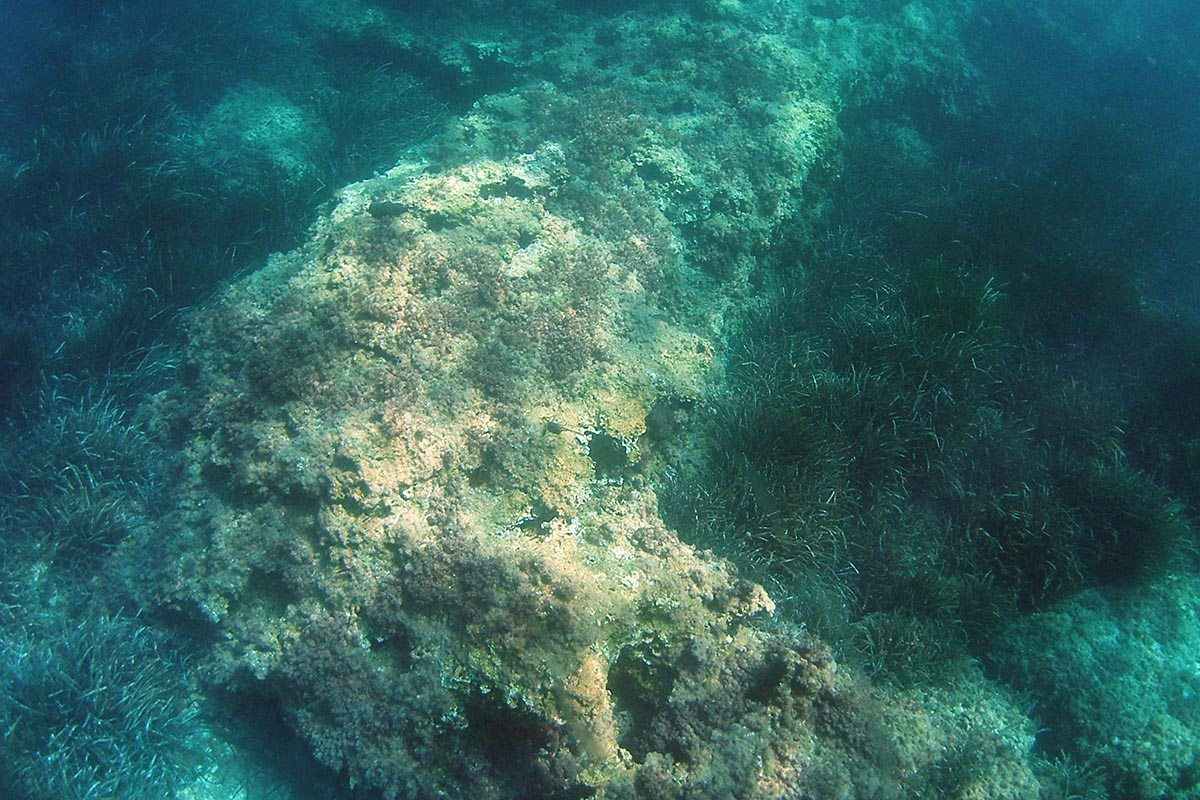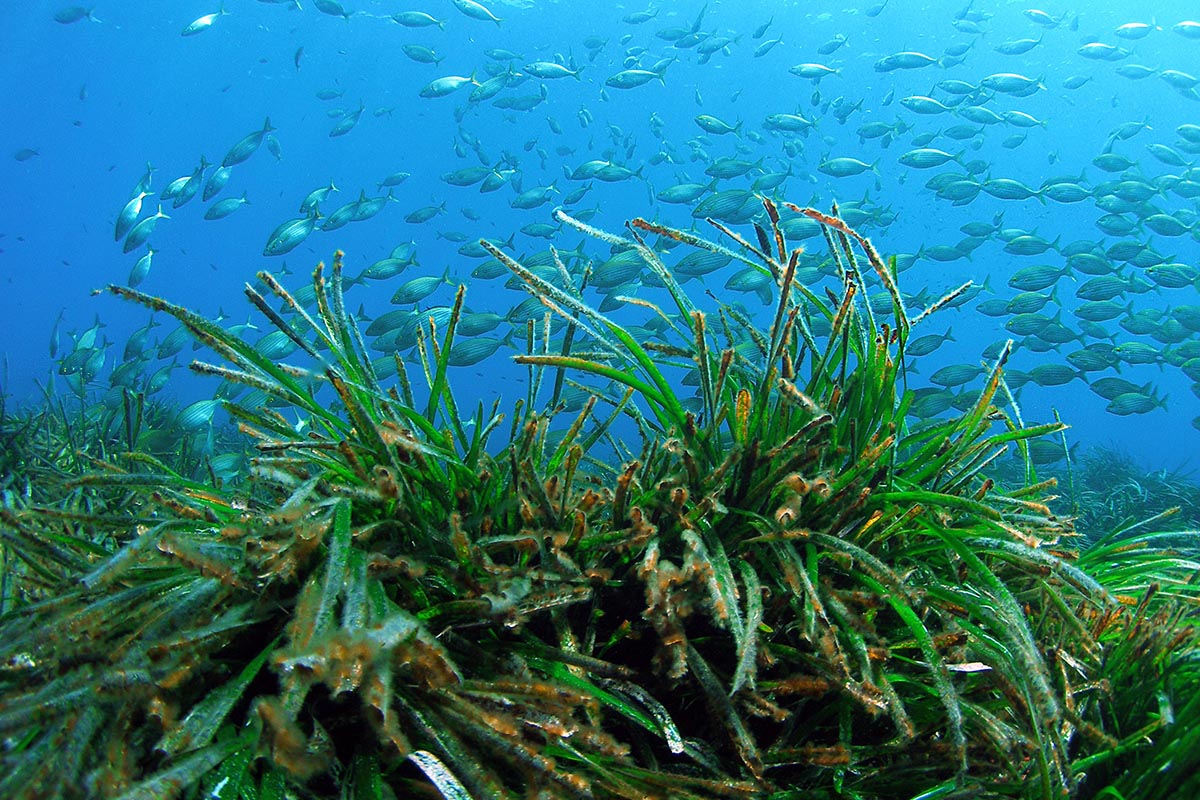The Phoenician site at Sa Caleta is located on a small peninsula between the des Codolar beach and the des Jondal hill, in other words, on the southern coast of the island. On the East side, the outflow of a stream marks out a small port or jetty which is quite well protected from the winds from the North and West. The jetty, which the Phoenicians used, is still in use. Sa Caleta was an urban-type settlement the size of which could be compared with that of others which were similar in the south of the Iberian peninsula.
The origins of the settlement go back to the latter part of the 8th century B.C. although it may be that initially Sa Caleta may have been some kind of provisional and seasonal base for both economic and geographic expeditions in the Pitiusas (Ibiza and Formentera) as well as those exchanges made from the south of the Iberian Peninsula with the eastern and north-eastern coasts of the peninsula including the central Mediterranean.
Around the year 600 B.C. the settlement was completely abandoned which, according to the archaeological records, was carried out peacefully and intentionally and, in accordance with archaeological data, it would be possible that the large number of inhabitants of Sa Caleta moved wholesale to the Bay of Ibiza and that from then on, the city emerged which endures to this day. The urban organization of Sa Caleta as a whole follows a system based on the juxtaposition of estates, unruly in their orientation and between themselves and the cardinal points. Between the various units there were areas for traffic in the form of alleyways in addition to small areas or squares which could be described as communal. In addition there were two circular ovens measuring 2 meters in diameter which were located in the communal areas. For the most part, the estates had hearths of a domestic nature as well as other sites where fires were improvised for the purpose of smelting argentiferous galena. The smelting of this mineral was generalized among the inhabitants of Sa Caleta although other types of metallurgical industry were the subject of greater specialization such as was the case with both iron and bronze. On the other hand there are indications that the Phoenicians at Sa Caleta also carried on agrarian and cattle-raising activities along with fishing and the collection of shellfish and crustaceans.
A further economic activity of great importance was the working of the salt flats. The Phoenician site at Sa Caleta was declared a World Heritage site by Unesco in 1999.


